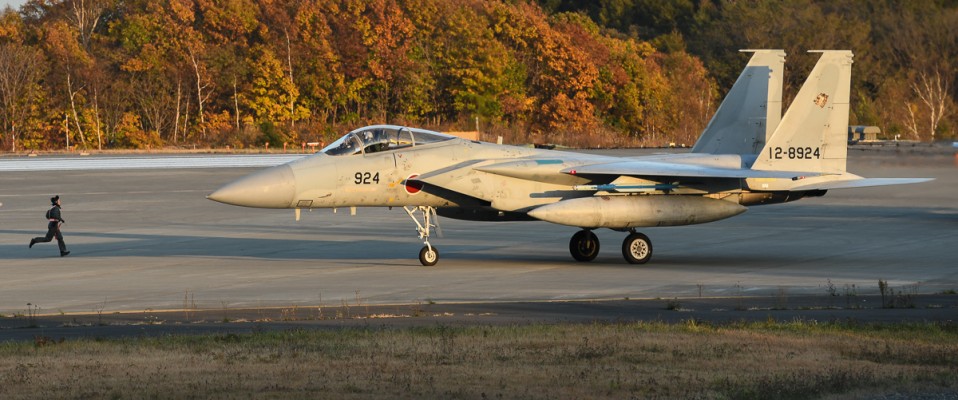JASDF – Chitose Air Base
Report and photos by Peter van den Berg
February 10, 2018
Hokkaido is the northernmost of the four main islands of Japan. Its capital is Sapporo. From an administrative point of view, Hokkaido is both a prefecture and a region. The Hokkaido prefecture covers an area of over 83,000 square kilometers with a population of over five million inhabitants. This makes Hokkaido the largest prefecture in terms of surface area while ranking seventh when it comes to population. Situated on this island is Chitose Air Base.
Chitose Air Base is a Japan Air Self-Defense Force base on Hokkaido. The military part, together with the civil section which is located on the east side, is what forms New Chitose Airport. Up until 1988, both civil and military parties shared the same base. This changed with the opening of the civil section by Chitose. This standalone section is currently being expanded as to facilitate the increase of flights to this northern island.
History and current use
Chitose Air Base is the number 1 base in the north, tasked with the monitoring and guarding of the borders with Russia. As mentioned, it was also the primary civilian airport until the opening of New Chitose Airport in 1991. As of today, these two jointly operated and connected airports create one of the largest regional airports in Japan.
The first flight on Chitose was in 1926 and the Navy took over the field in 1939. After WWII the base was mainly used by the American Army, later on the U.S. Air Force joined in with the following:
- 3rd Air Commando Group (309th Bombardment Wing) – October 1945 until March 1946.
- 49th Fighter Group (to become a Wing later) – February 1946 until April 1948.
The base was in-service during the Korean War and mainly used as a maintenance and logistics facility, under the command of the 314th Air Division. The first civilian flight (to Tokyo) was carried out by Japan Airlines in 1951.
USAF to JASDF
The USAF stationed the 4th Fighter Group (F-86 Sabre) at Chitose in 1953. The base was transferred to the Japanese Air Force in 1959 but U.S. forces remained active up until 1970, ending all of its activities officially on June 30, 1975.
Stationed at Chitose Air Base.
Northern Air Defence Force.
- 2nd Air Wing
- 201st Tactical Fighter Squadron (F-15J & Kawasaki T-4)
- 203rd Tactical Fighter Squadron (F-15J & Kawasaki T-4)
- 3rd Air Defense Missile Group (Patriot missiles)
- 9th & 10th Fire Unit and the 8th Mobile Aircraft Control and Warning Squadron.
Air Support Command
- Special Air Transport Corps (Boeing 777-3SB used by the Japanese Government since early 2018)
- Chitose Air Rescue Wing (Mitsubishi UH-60J, BA Series 800 U-125A).
201 Hikotai
History
This Hikotai was established at Chitose Air Base in March 1963 as part of the 2nd Air Wing. After initially being tasked with training and interception duties, it later focused solely on interception. The squadron was replaced by the 302nd Tactical Fighter Squadron with their McDonnell Douglas F-4EJ in 1974. The squadron was restored and equipped with F-15J/DJ aircraft as the Cold War intensified in march of 1986.
203 Hikotai
History
This Hikotai was established at Chitose Air Base in June 1964, also as part of the 2nd Air Wing. Equipped with F-104s, it took over the QRA-duties from the North American F-86D Sabre 103 Squadron. The squadron advanced to the F-15J/DJ in 1984.
Both the 201 and 203 Hikotai adopted their badges in 1966.
Fighter aircraft at Chitose Air Base
- 1957-1968 F-86F/F-86D
- 1962-1974 F-104J/DJ
- 1974-1985 F-4J
- 1984-present F-15J/DJ
During my visit there were 8 F-15s from 23 Hikotai (Nyutabaru Air Base) for a small training exercise. The rest of the Japanese Air Force pays regular visits to Chitose for small exercises in the northern part of Japan.
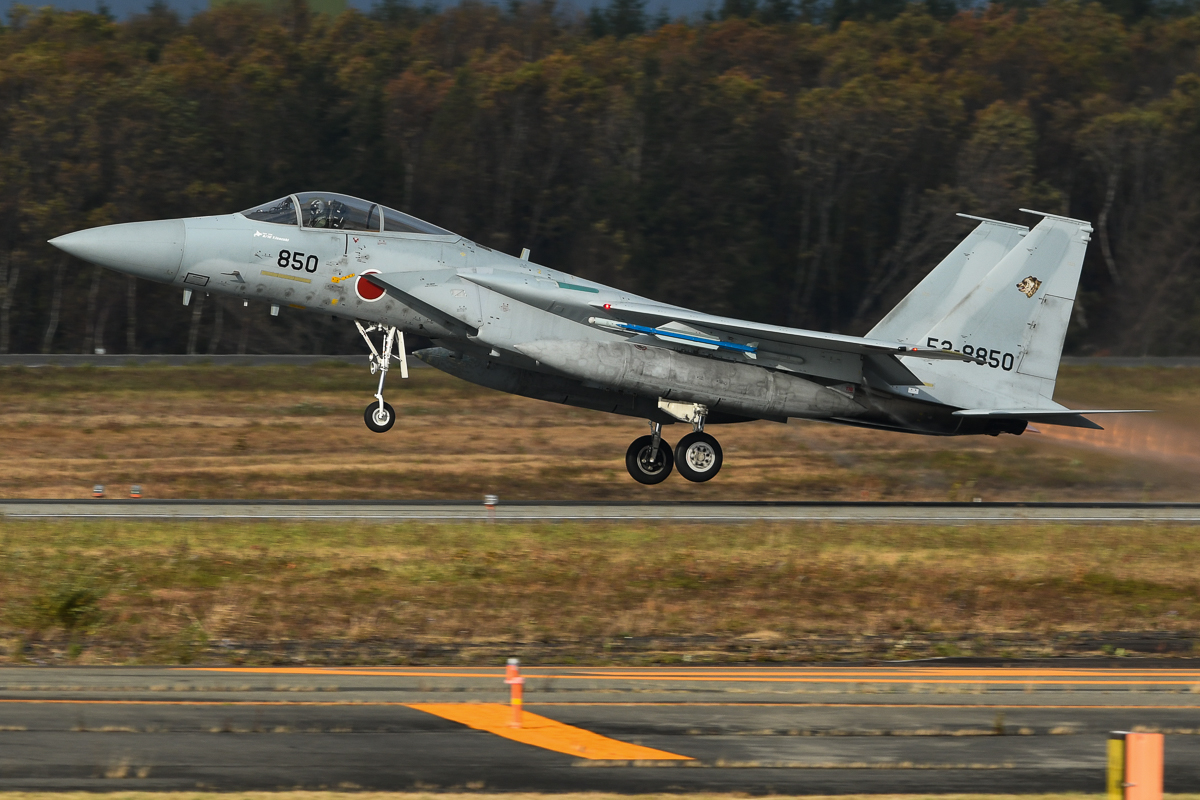
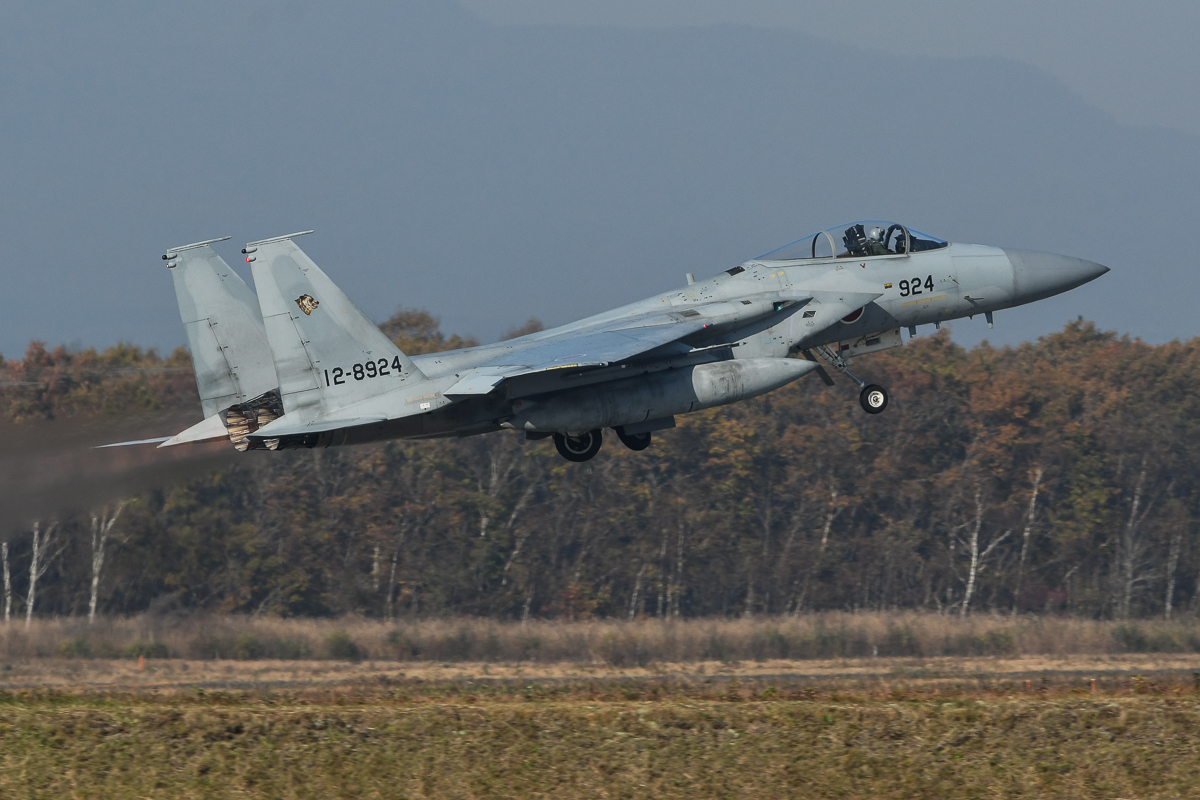
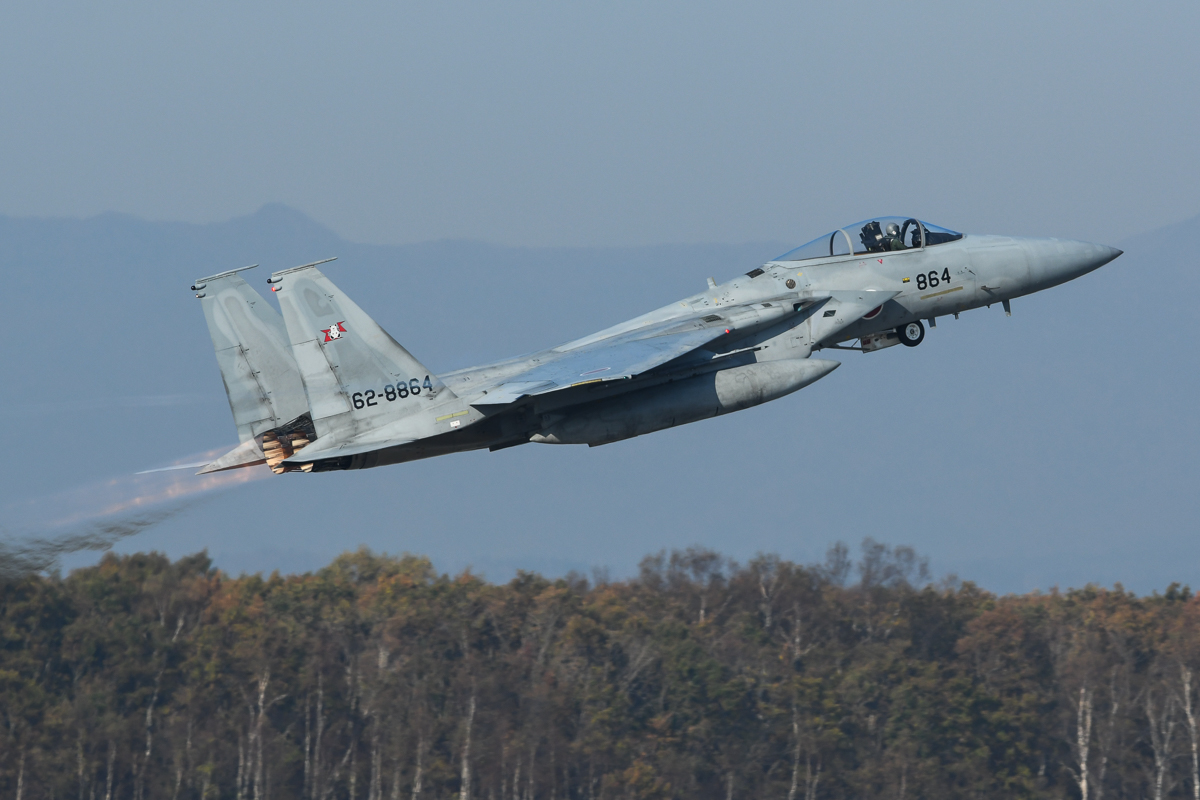
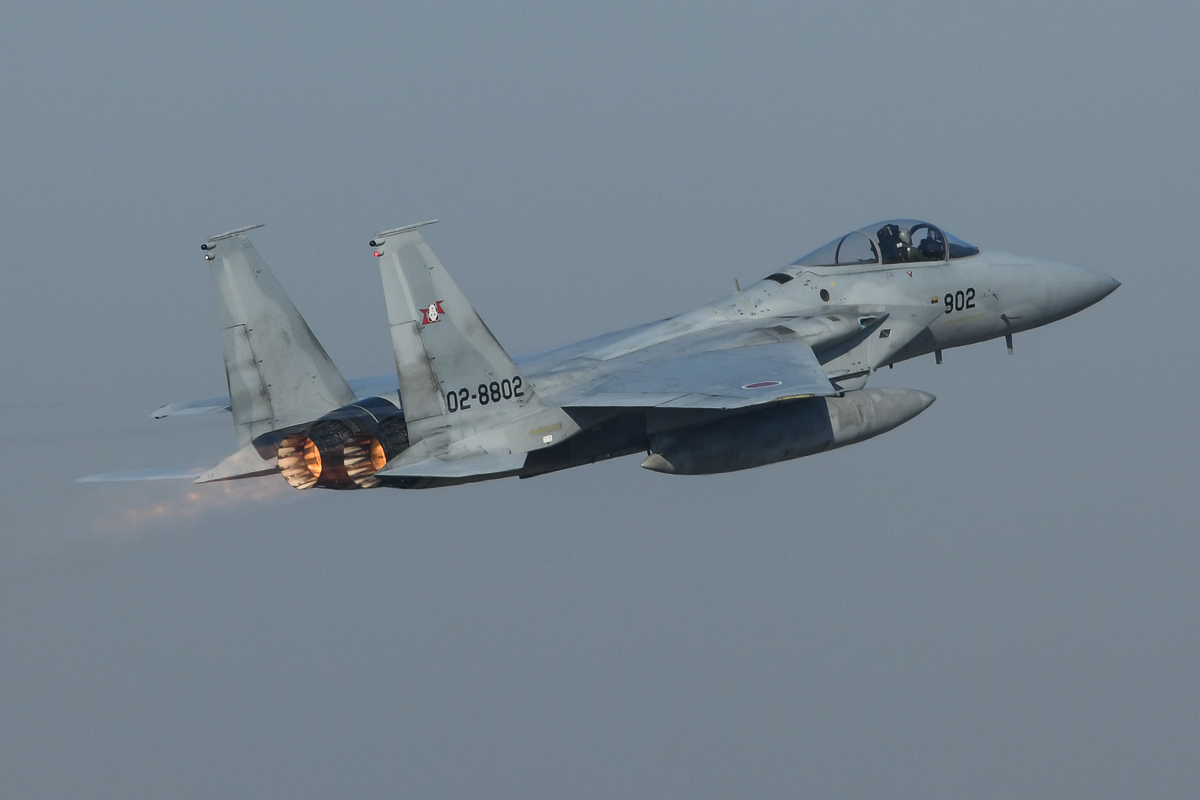
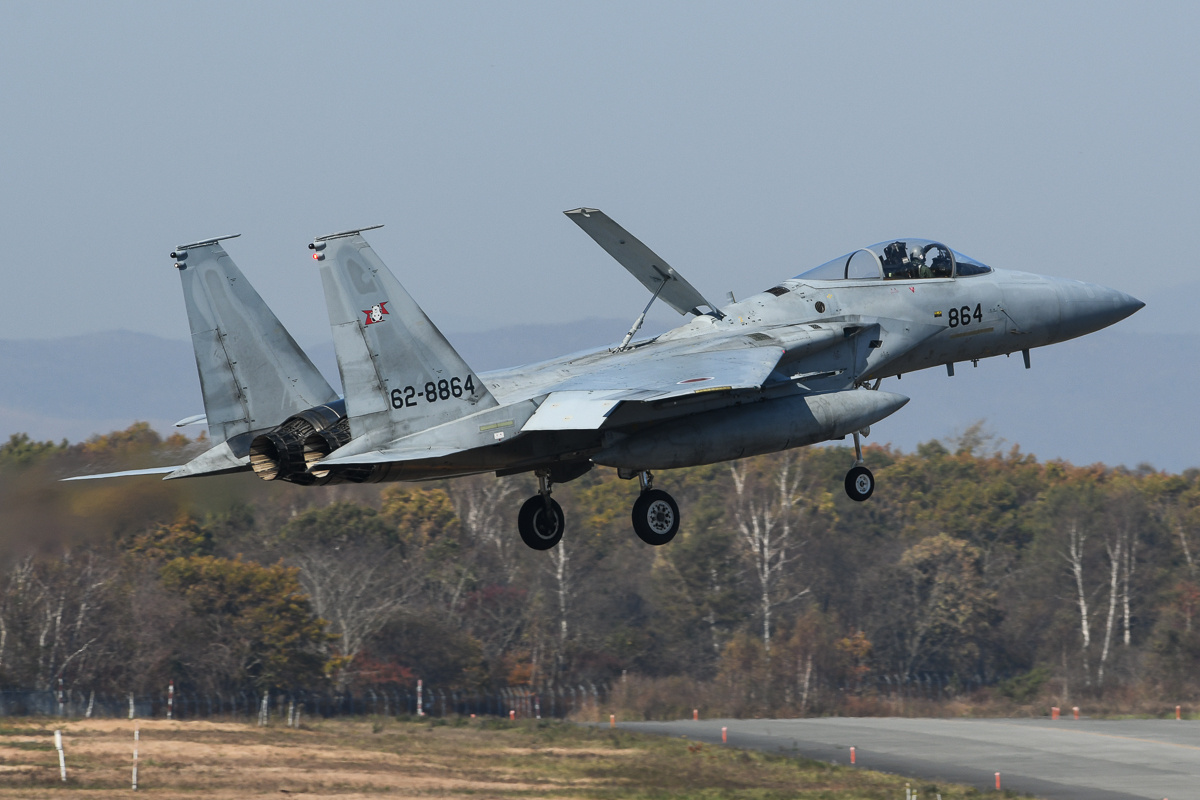
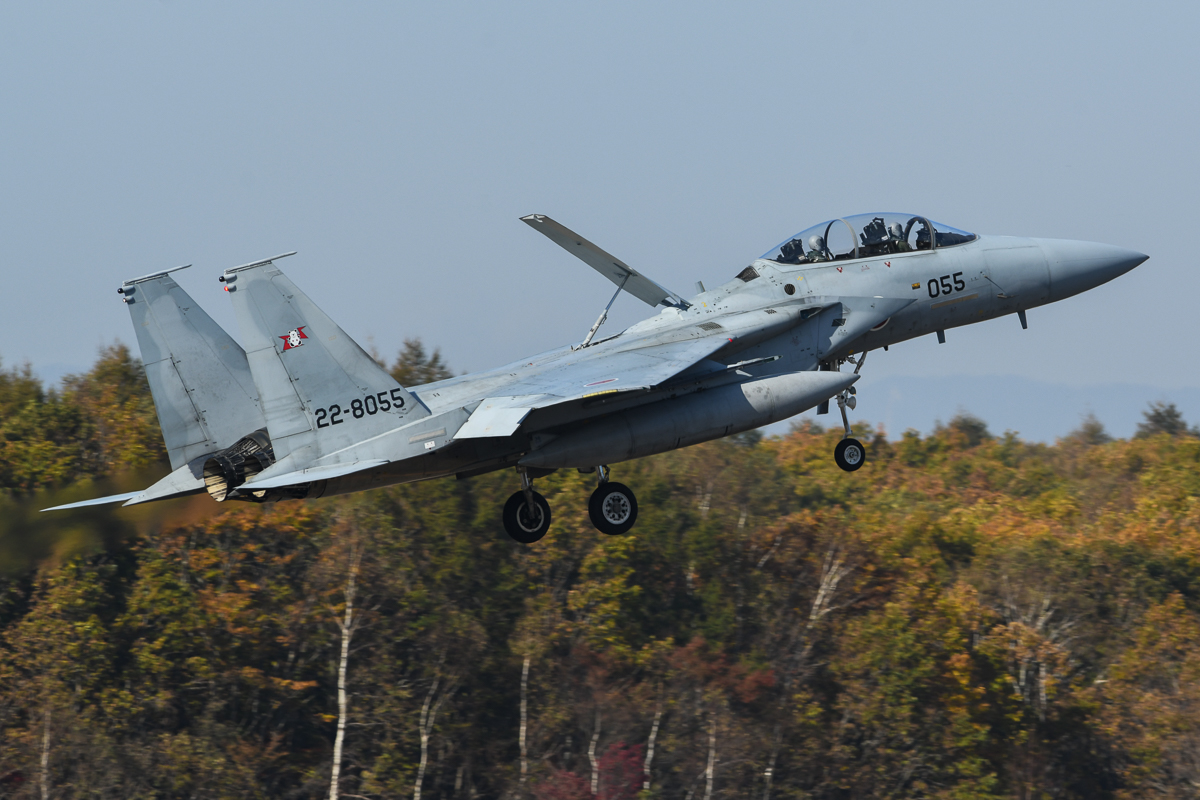
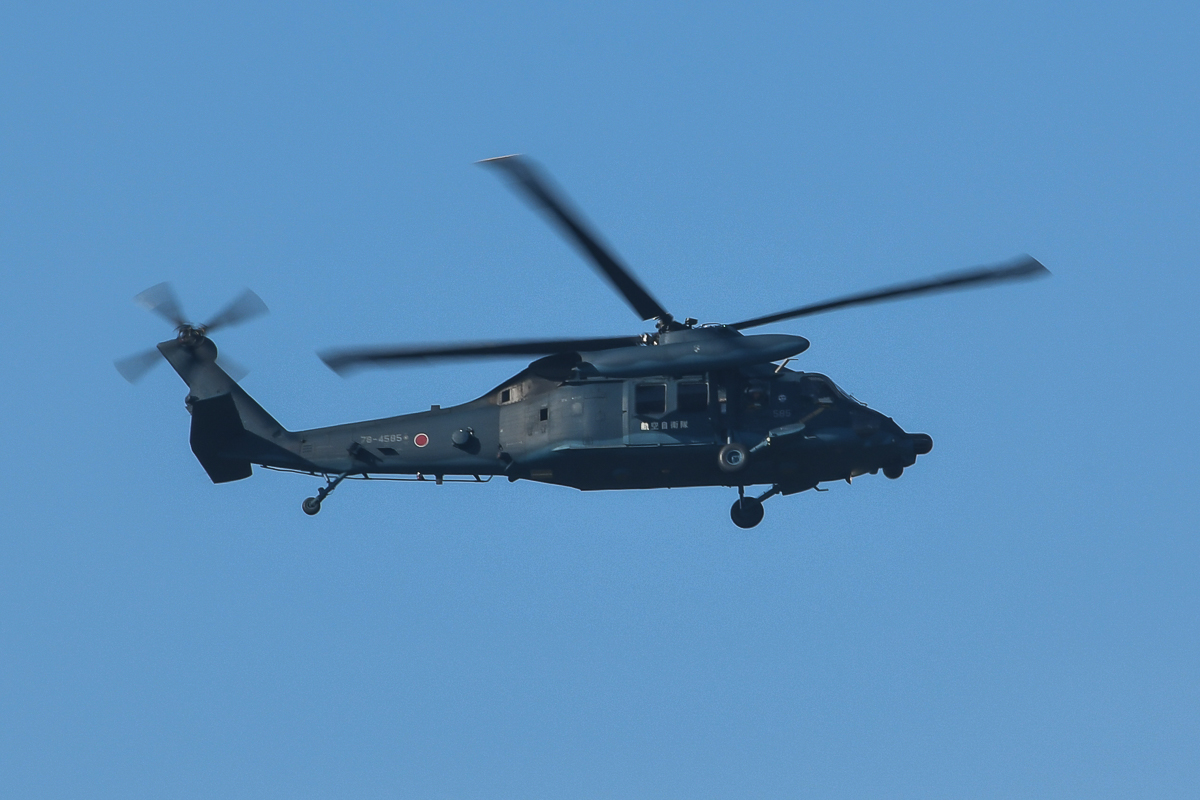
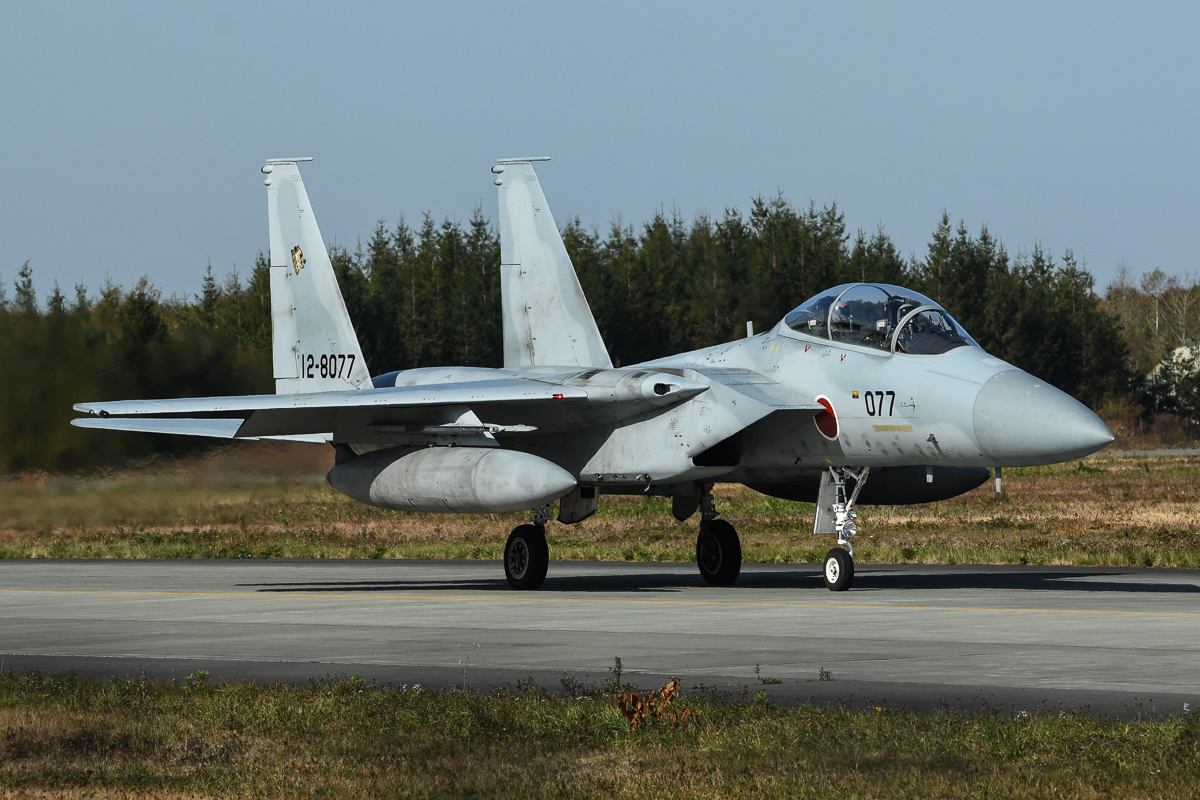
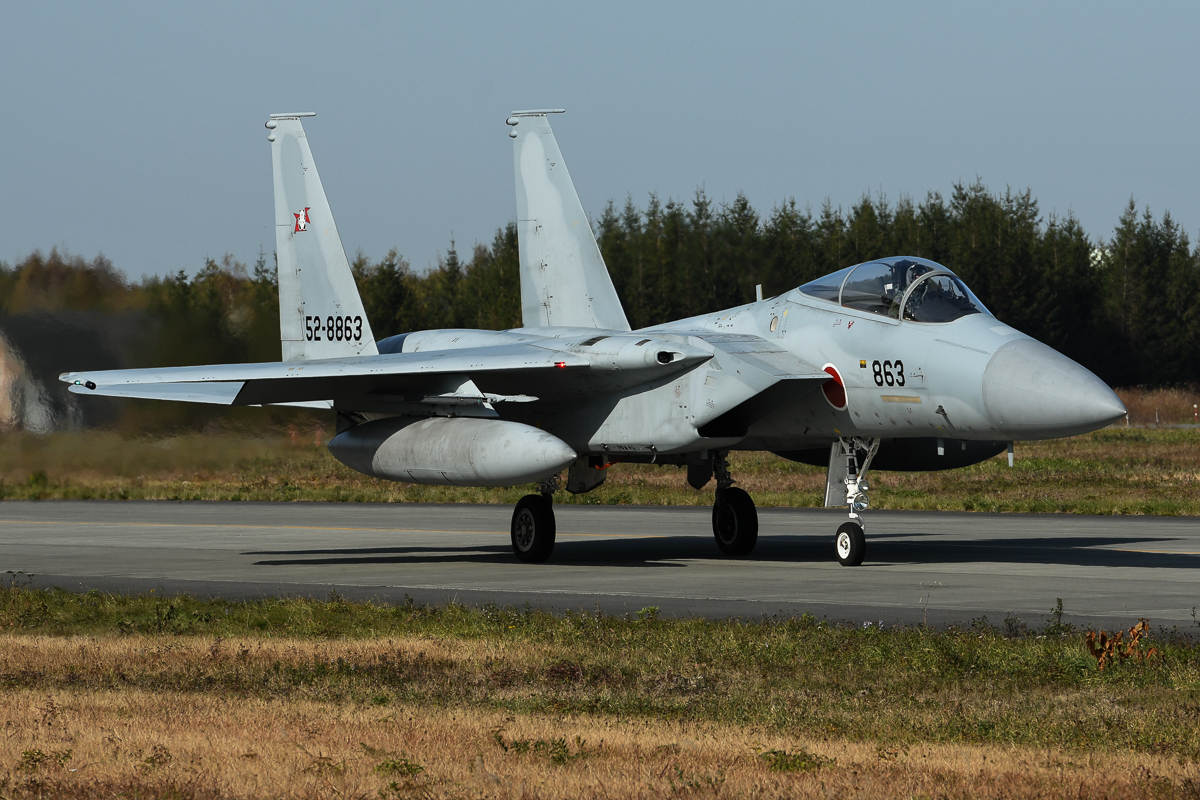
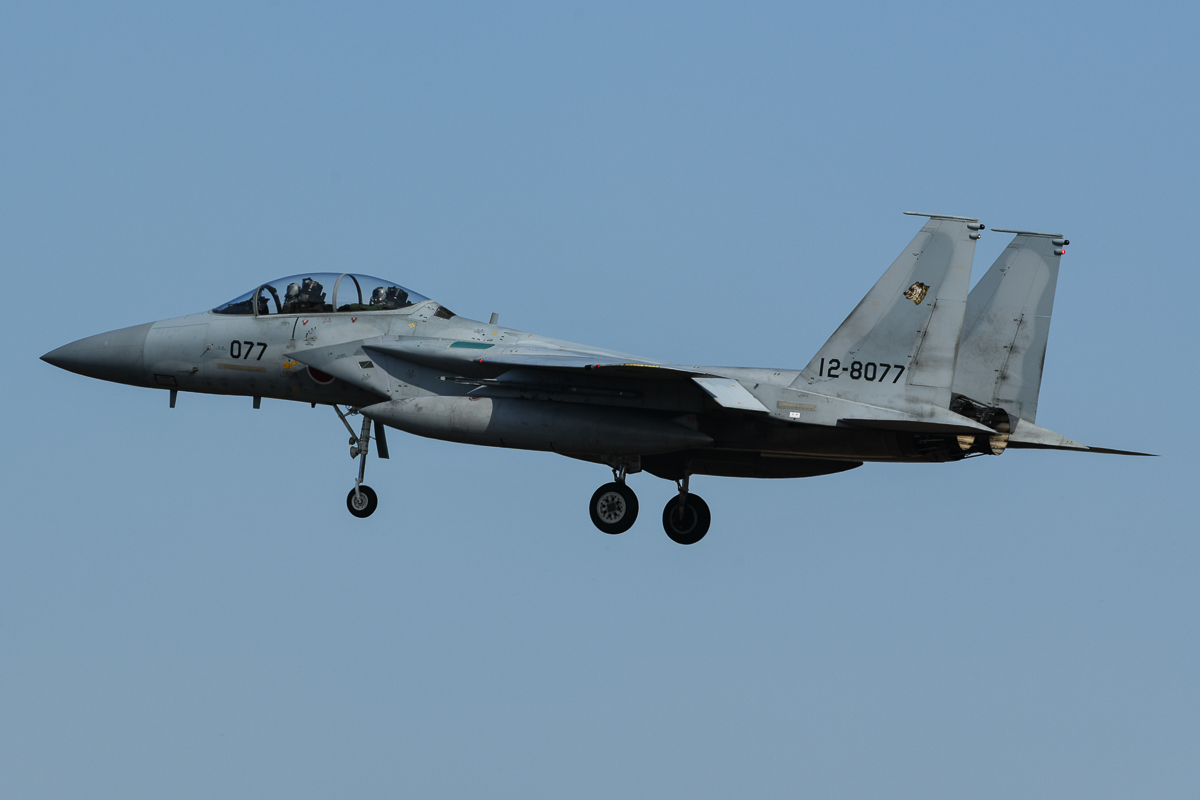
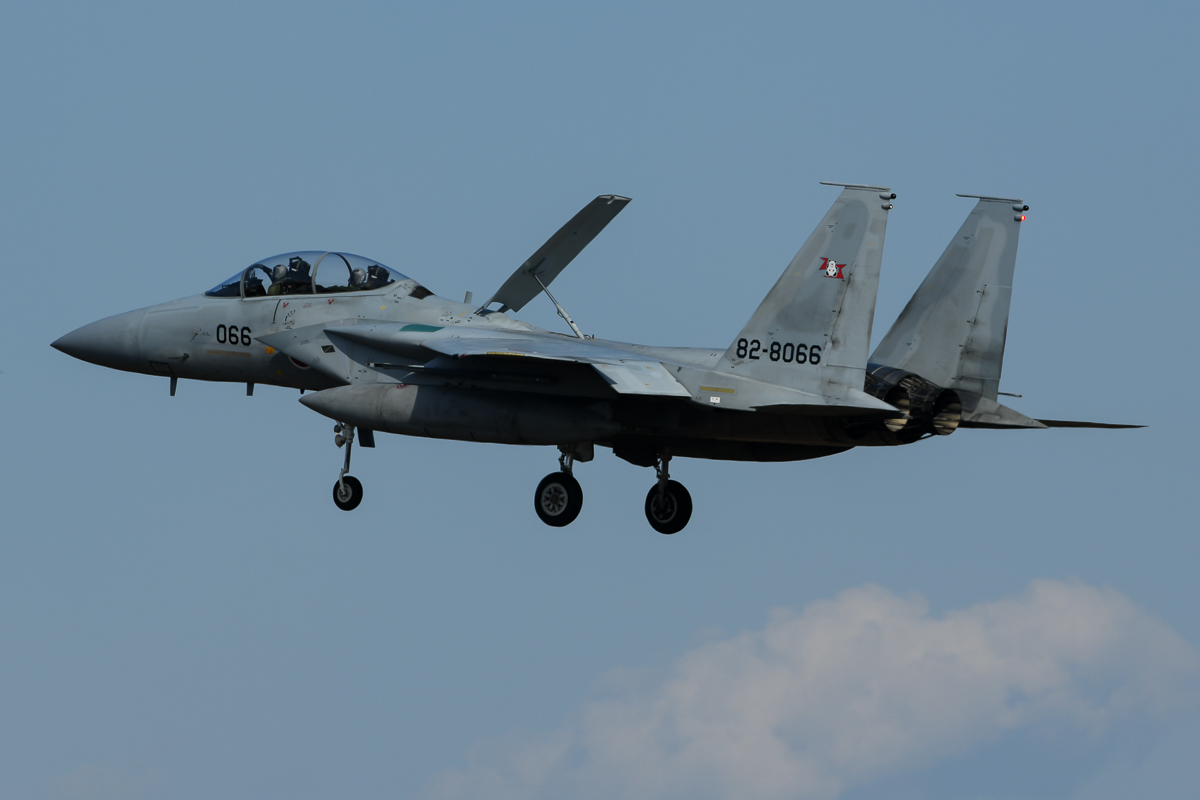
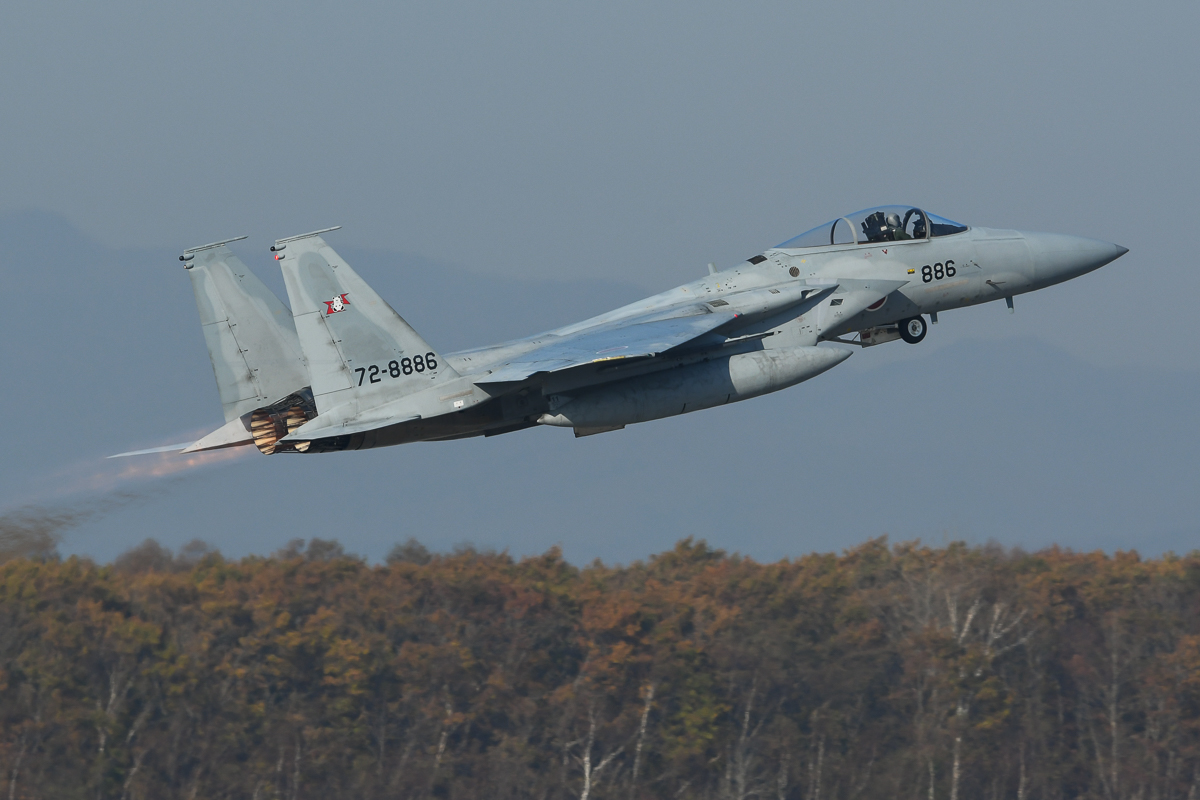
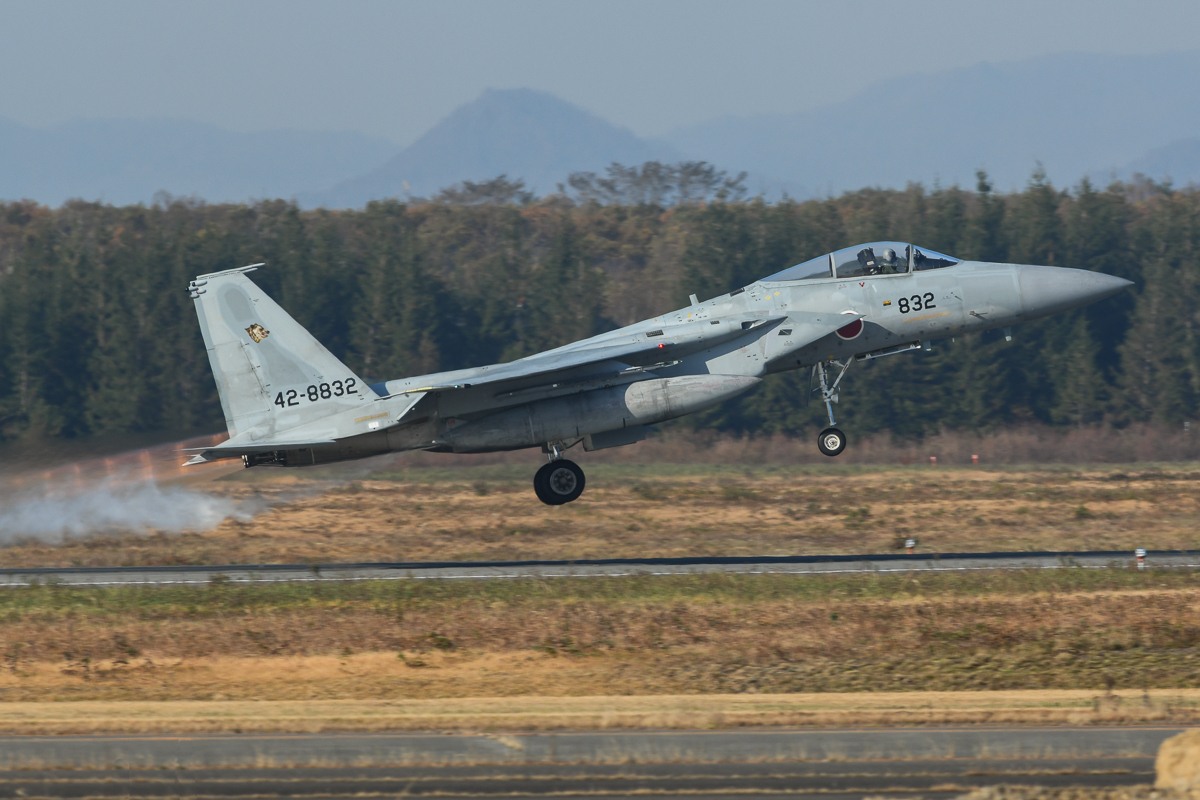
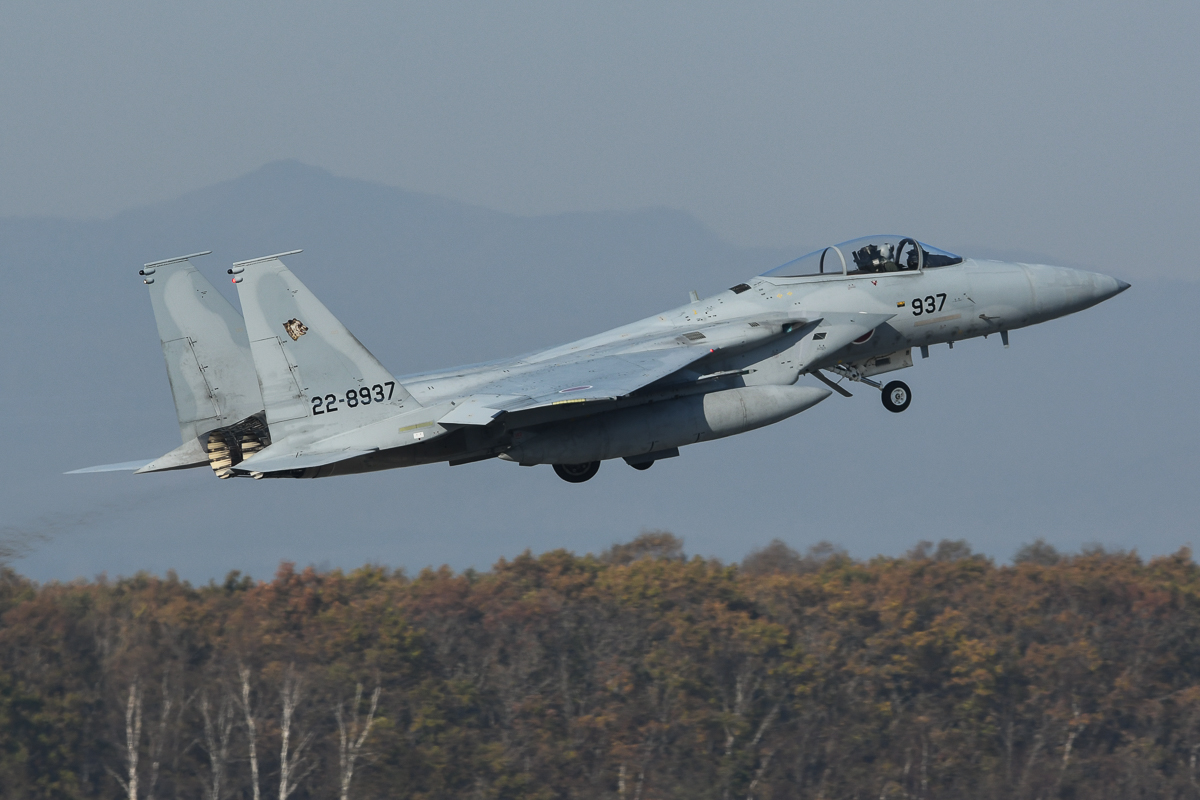
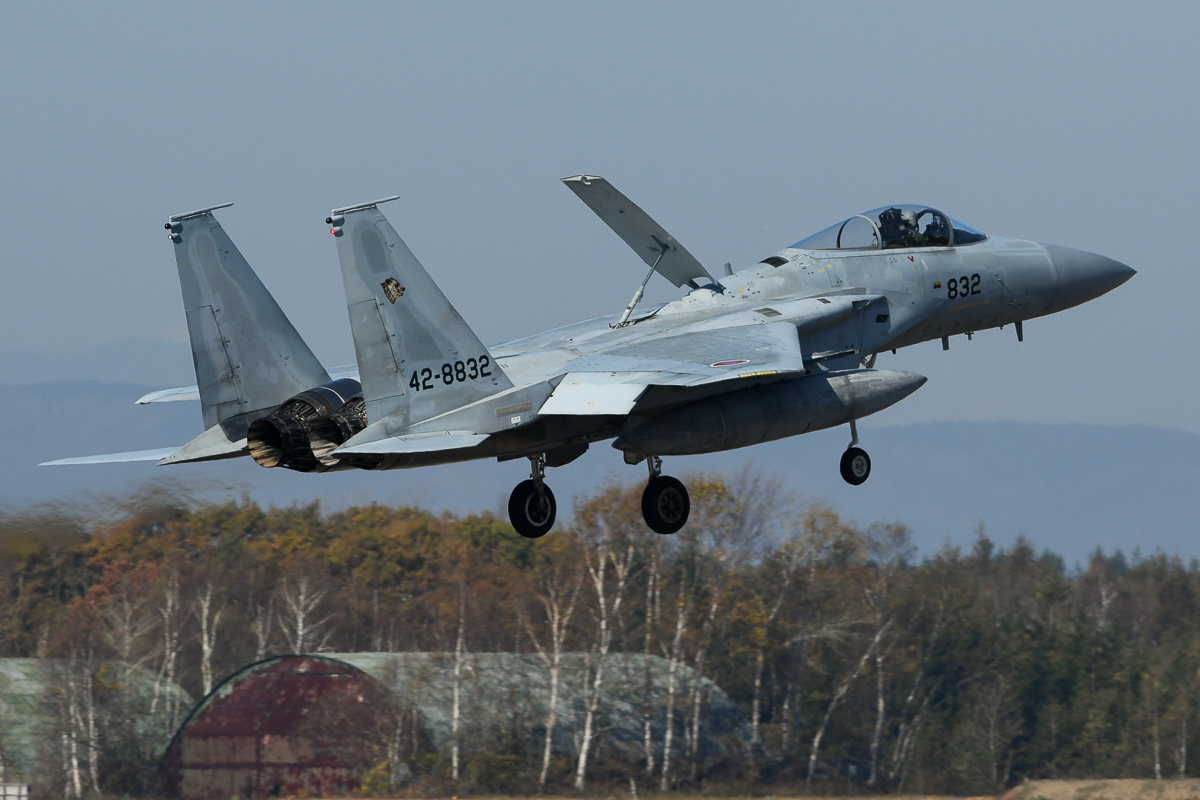
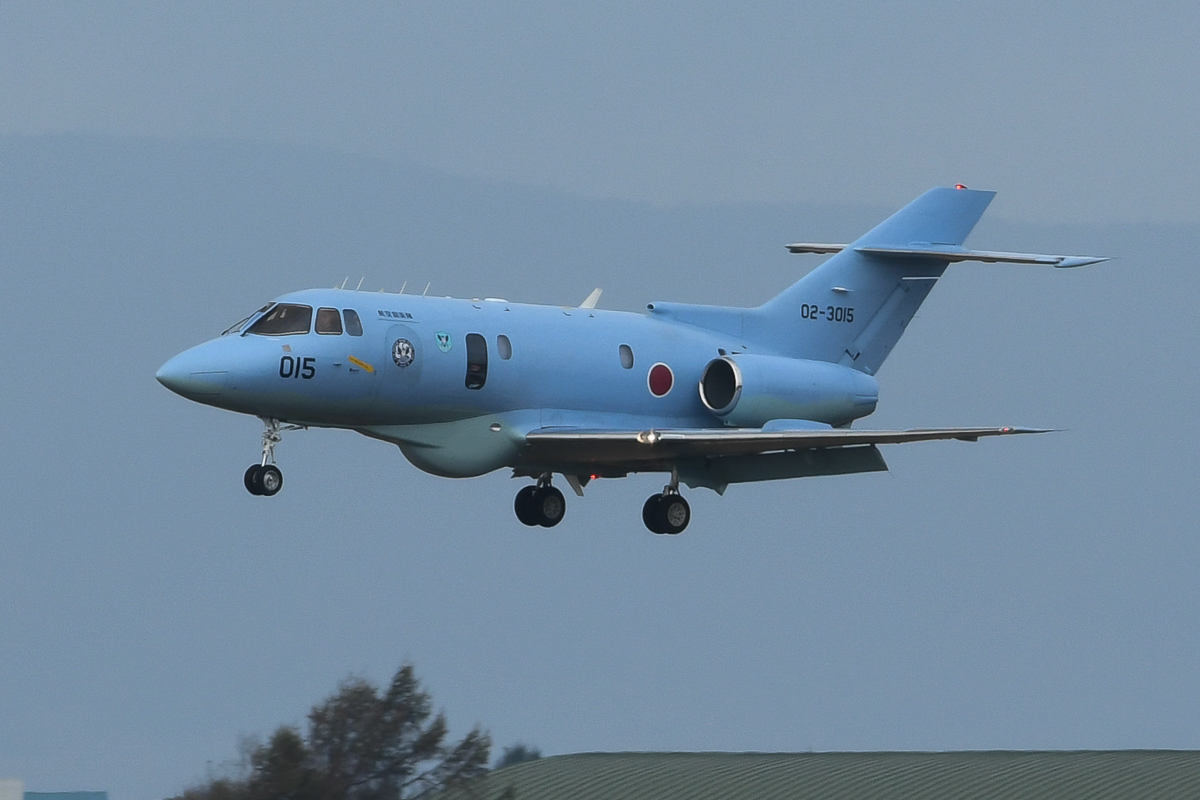
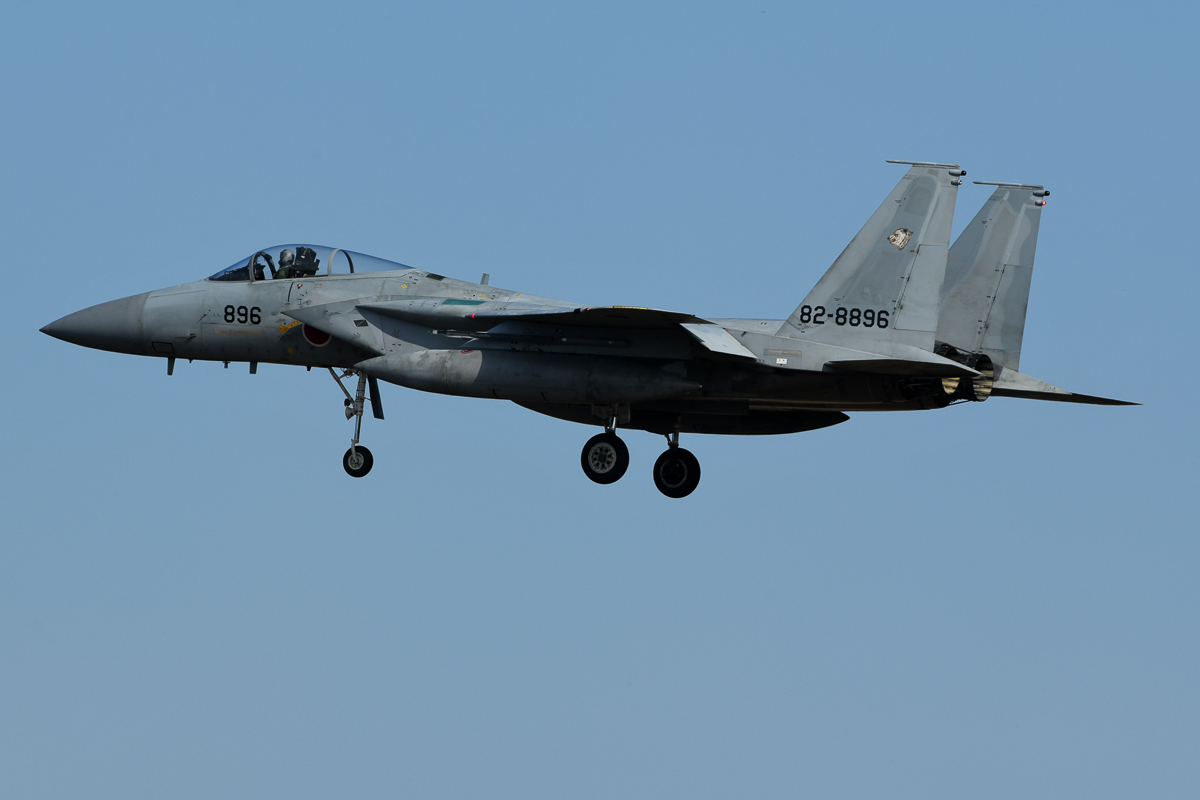
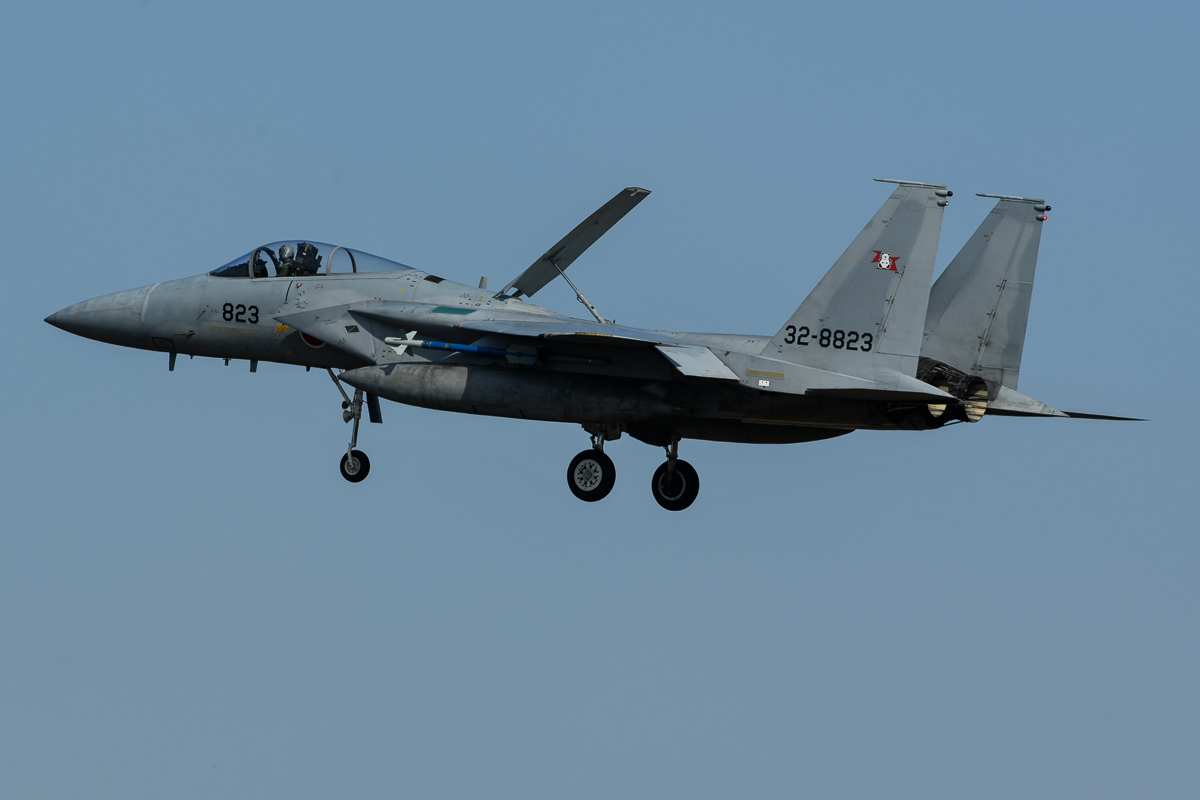
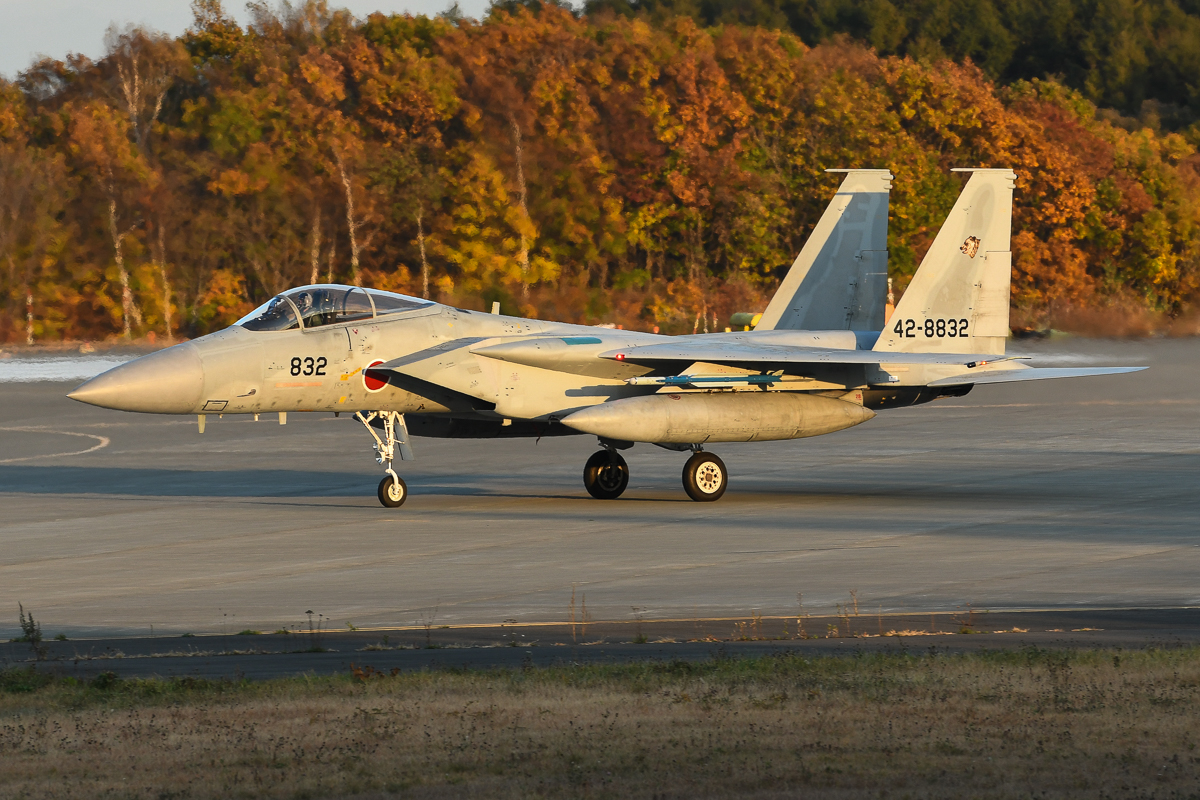
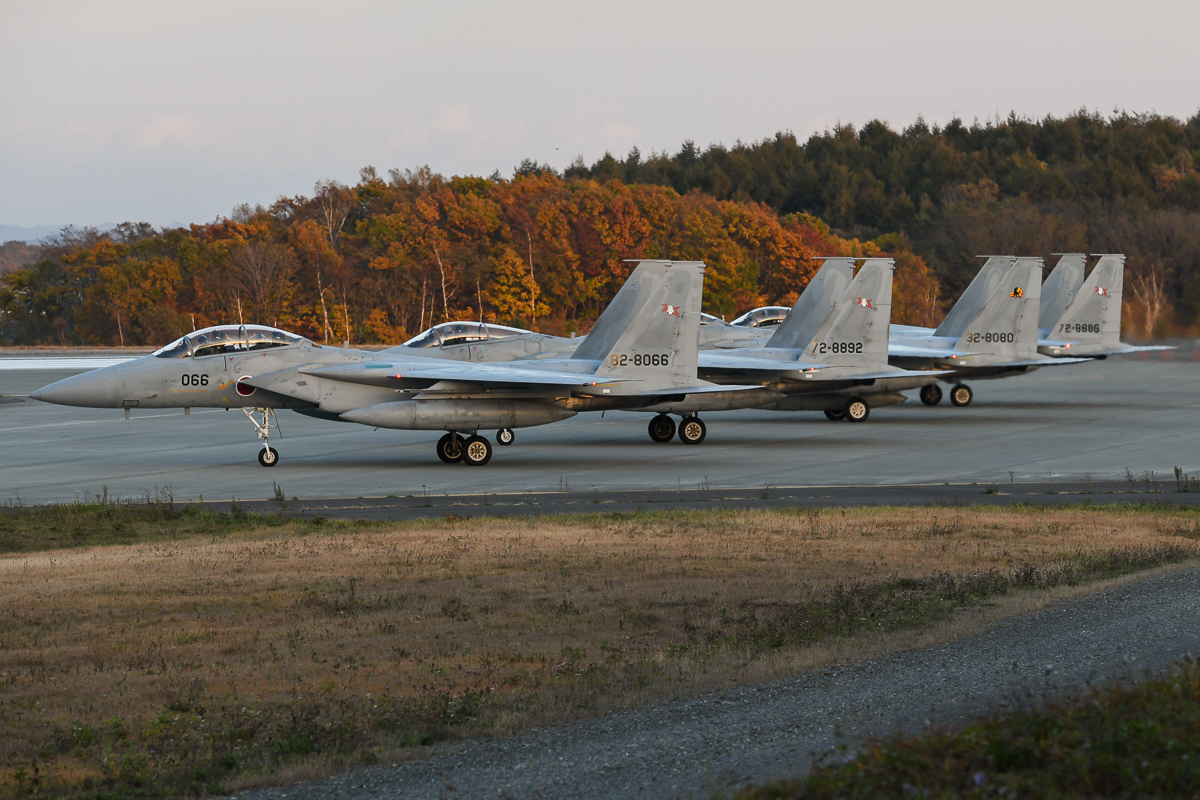
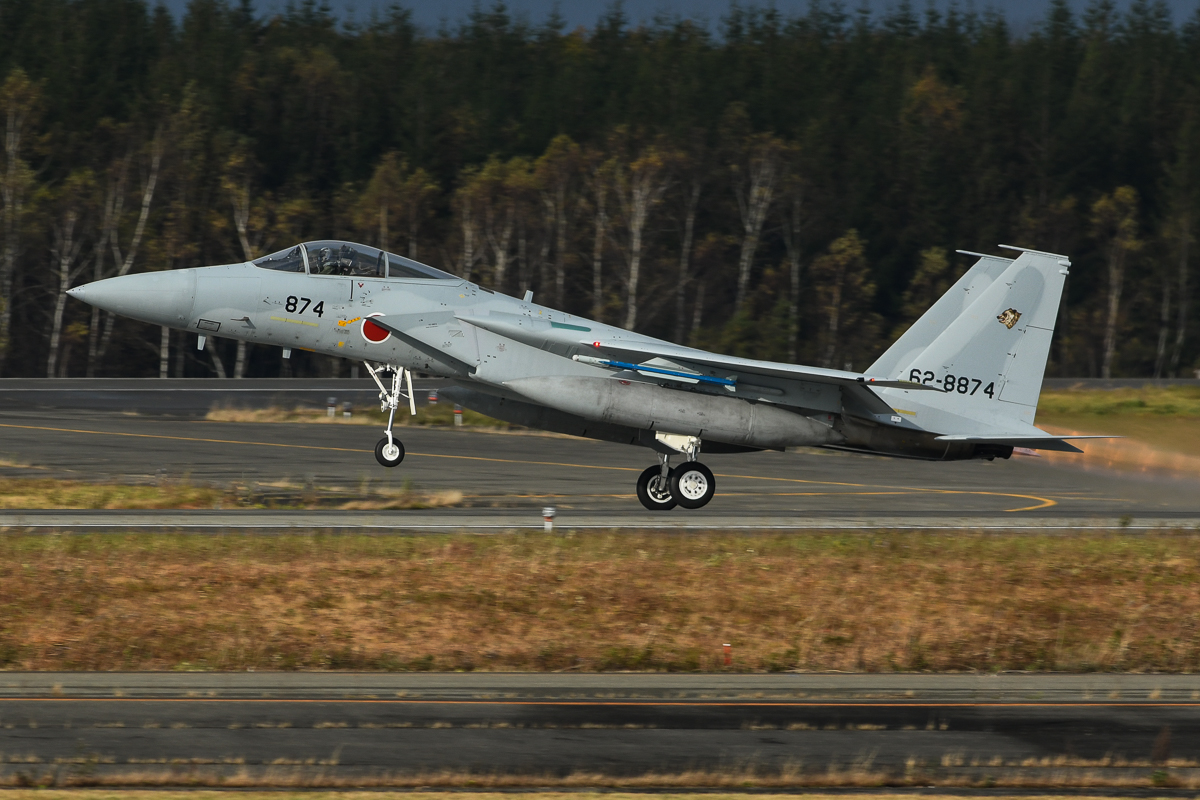
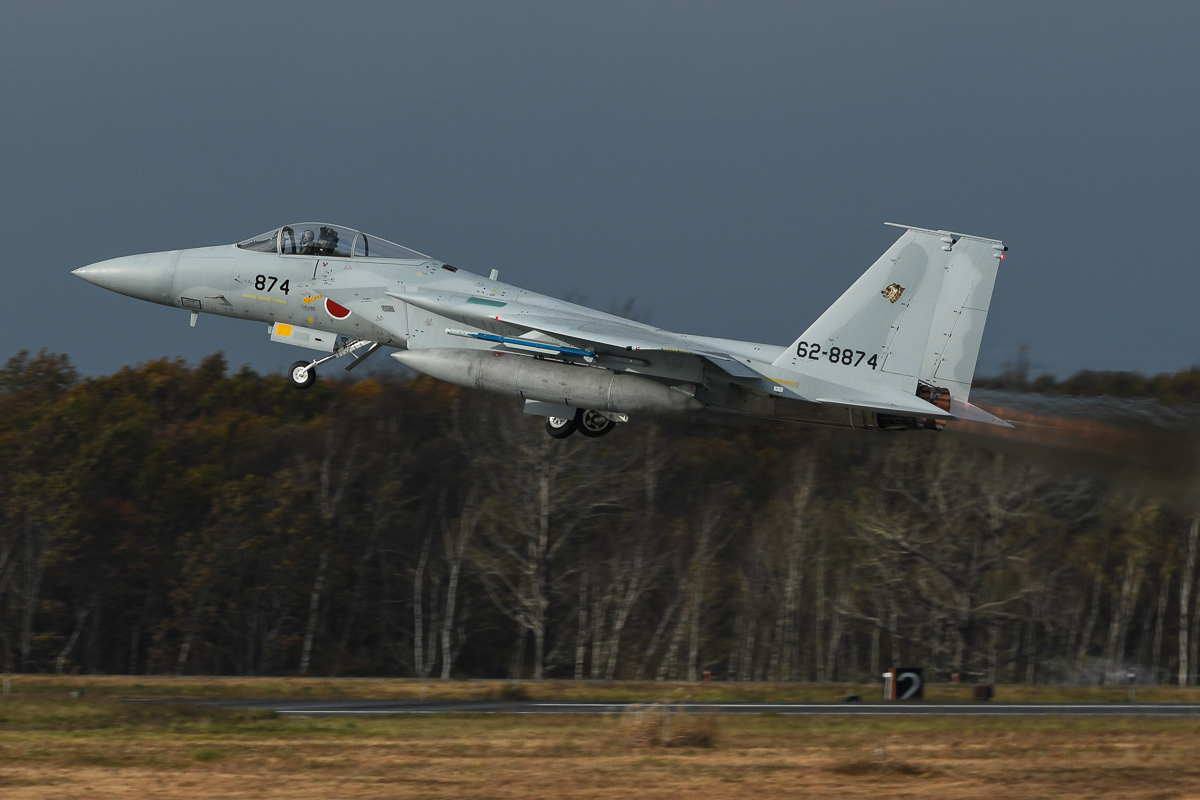
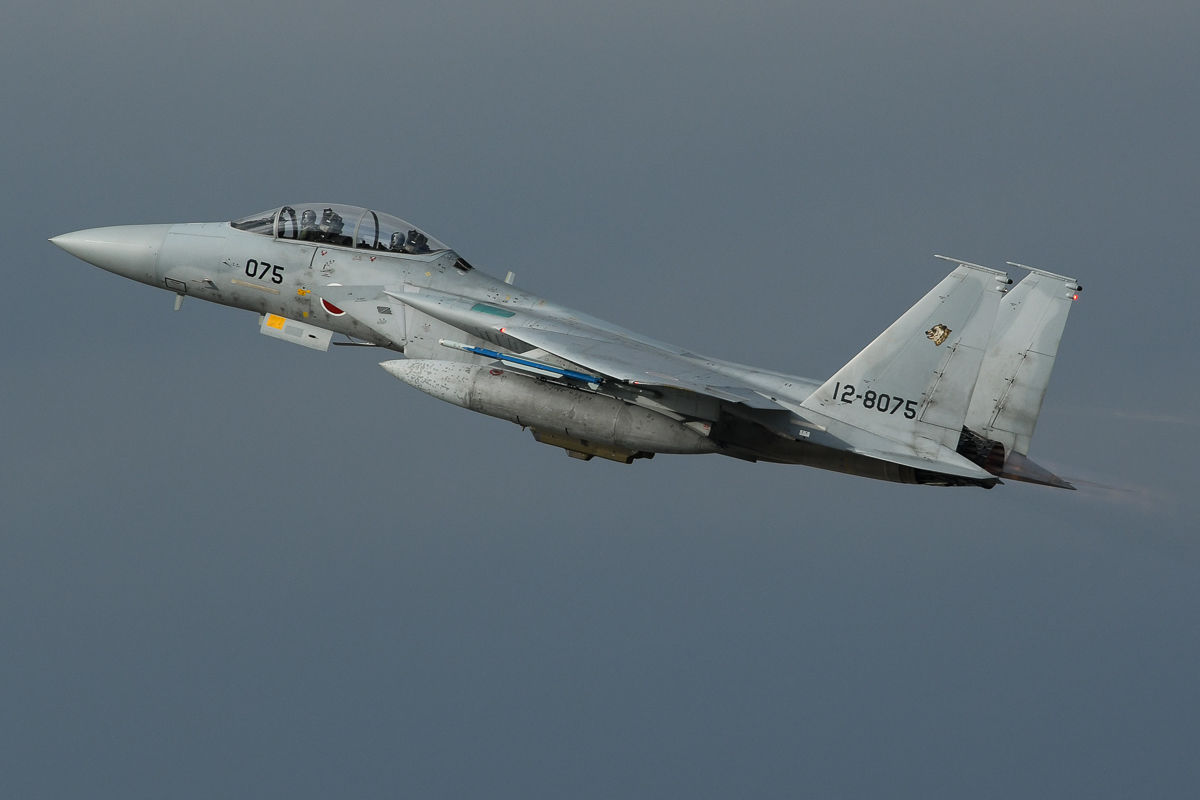
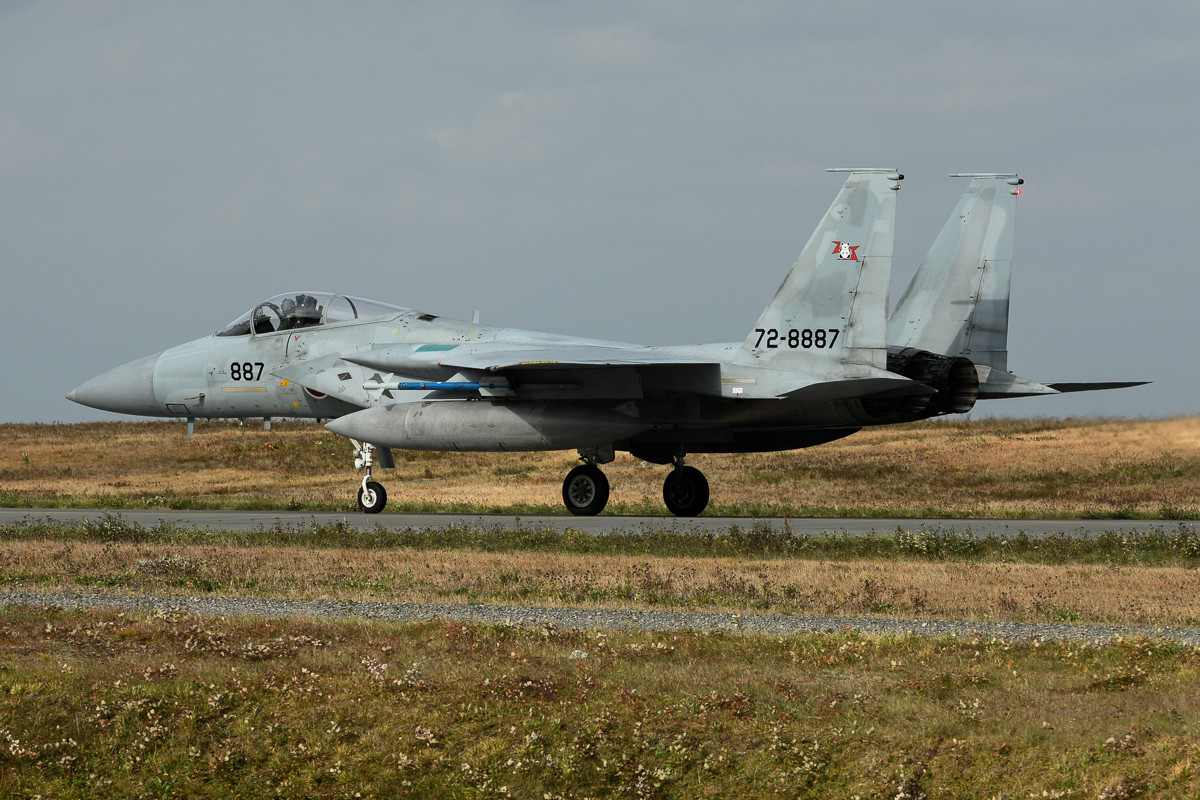
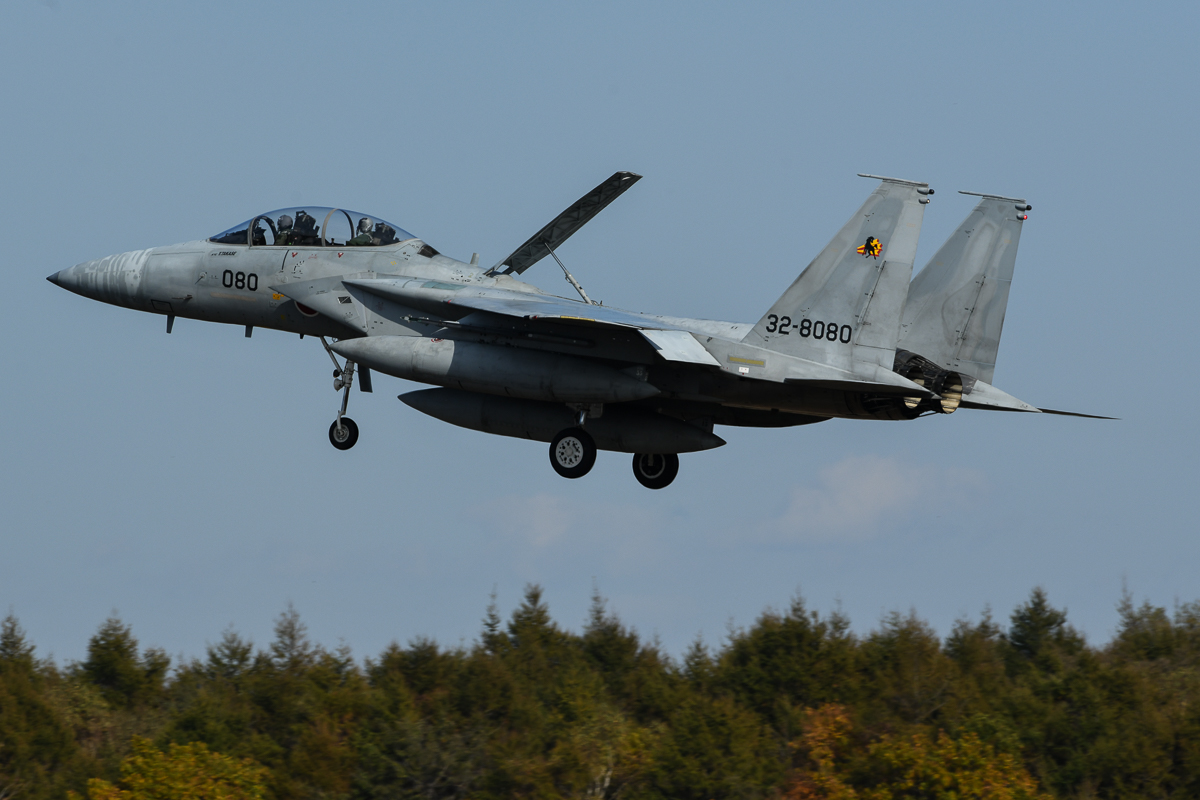
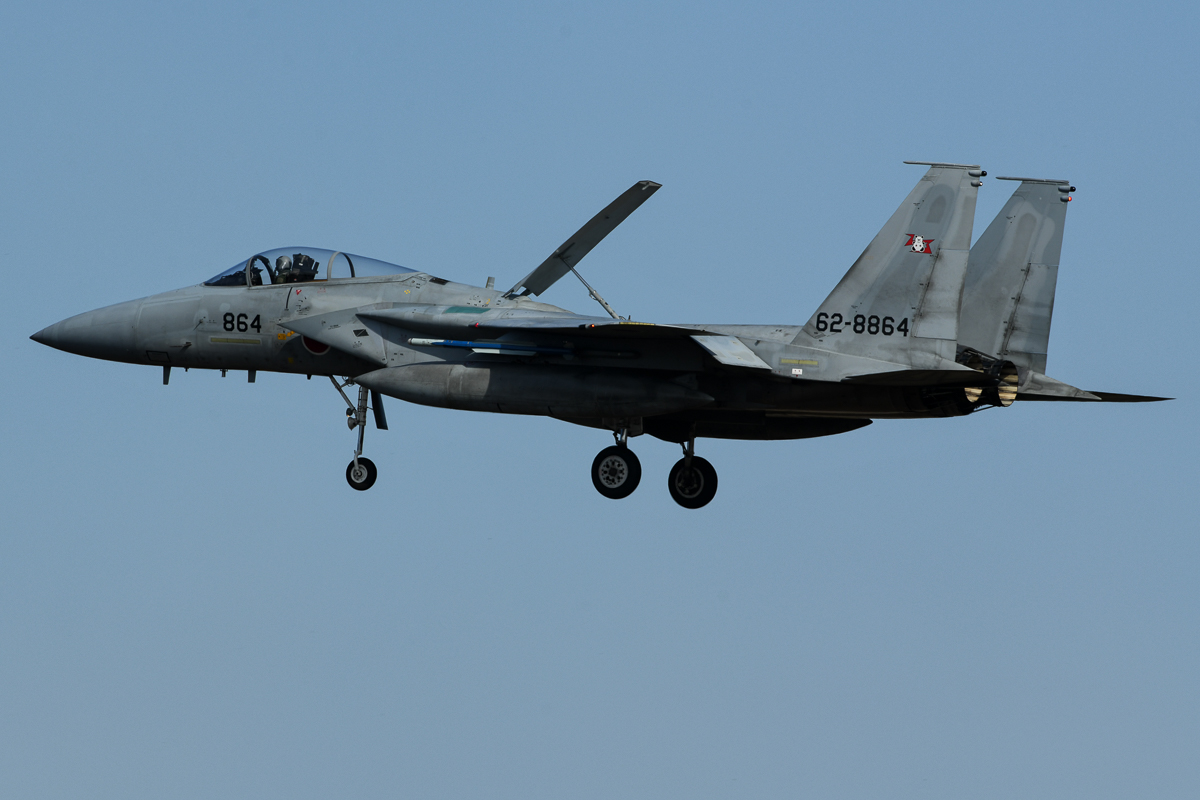
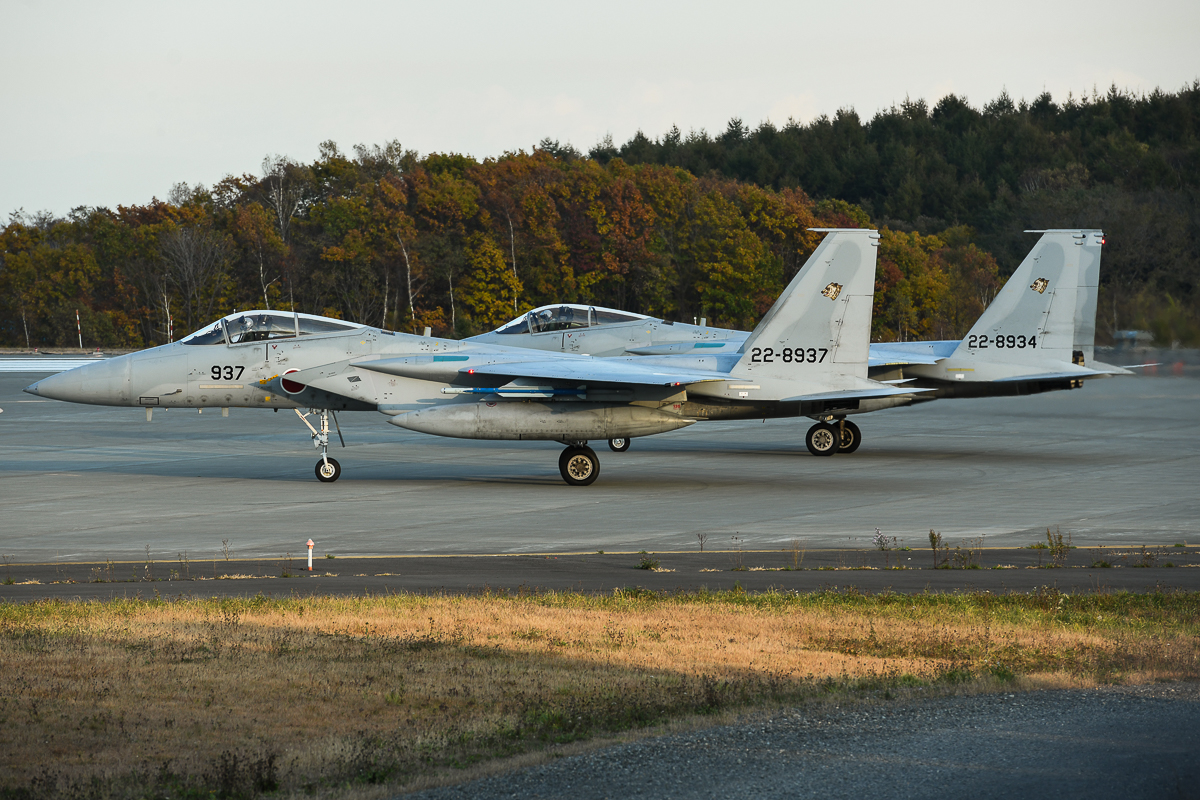
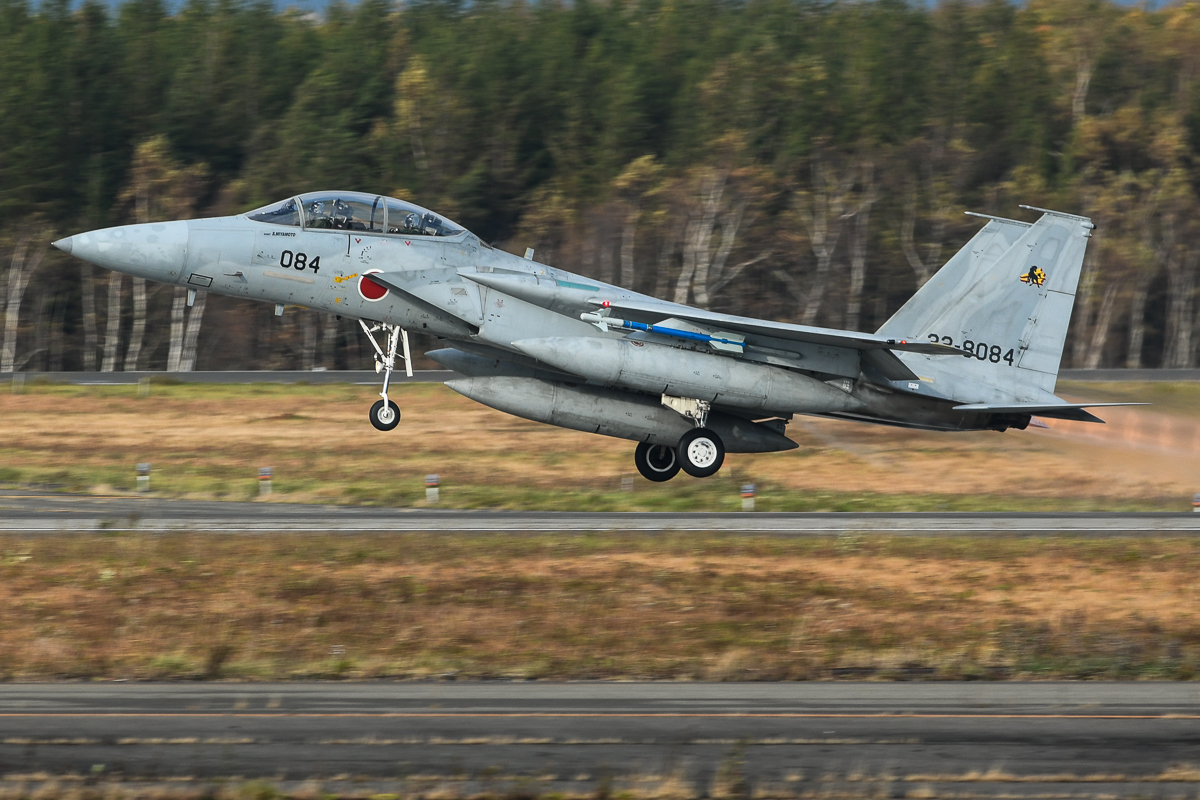
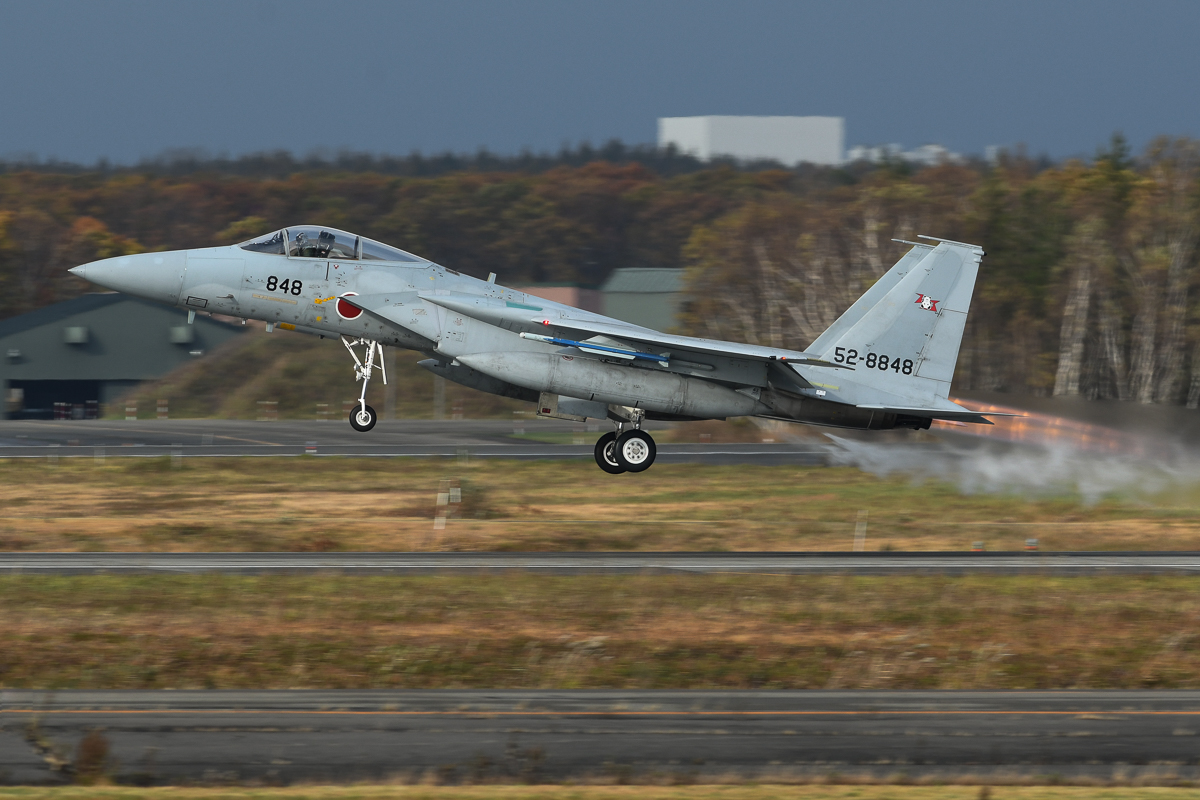
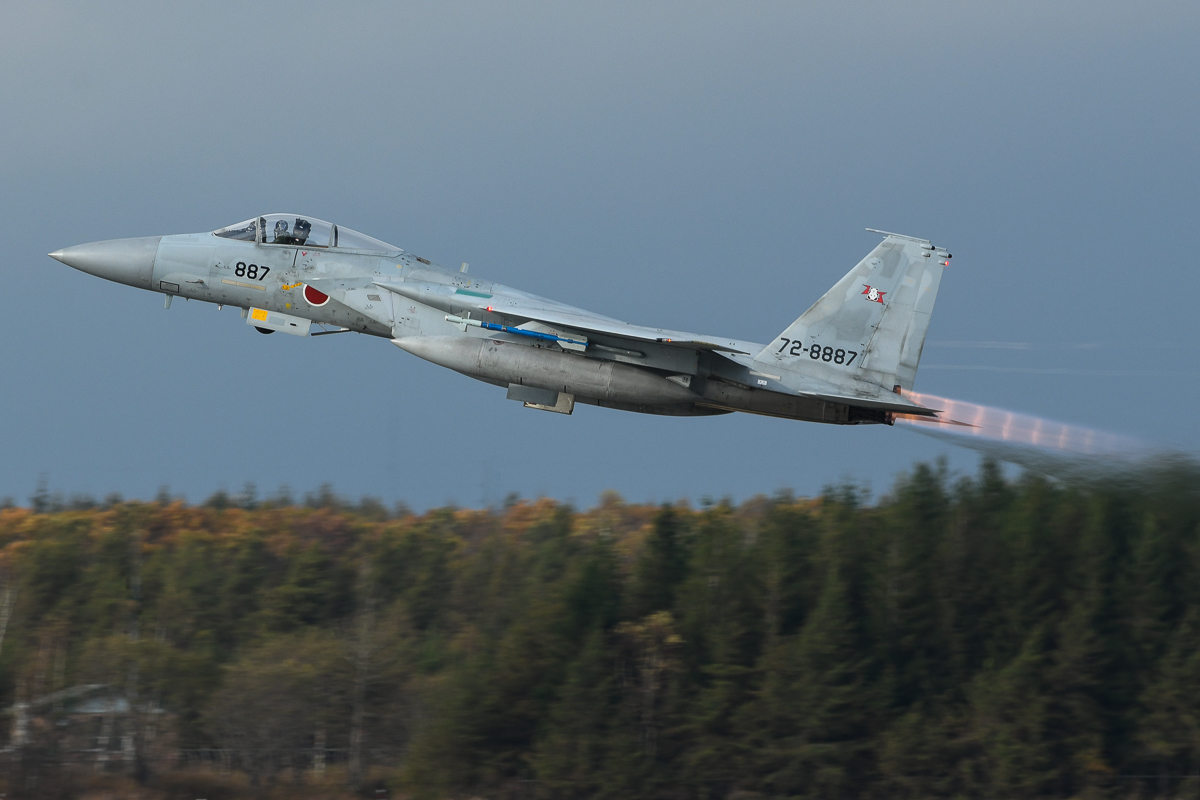
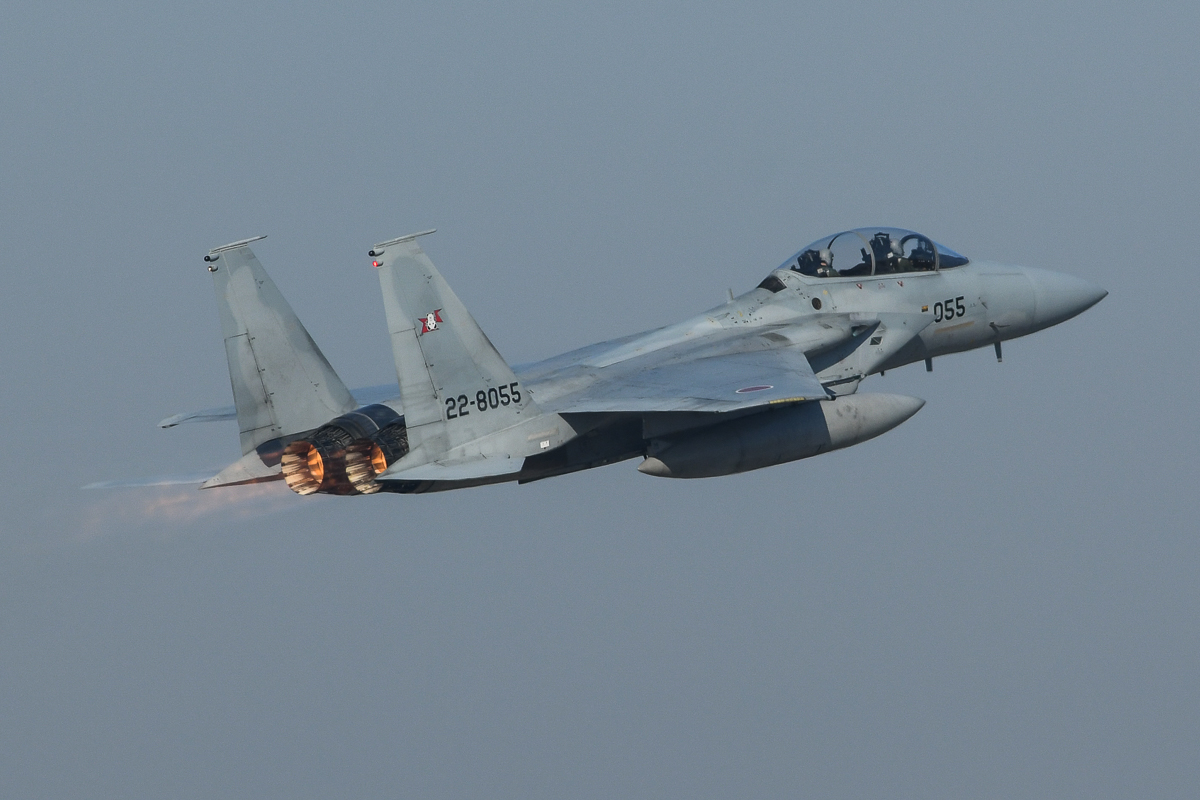
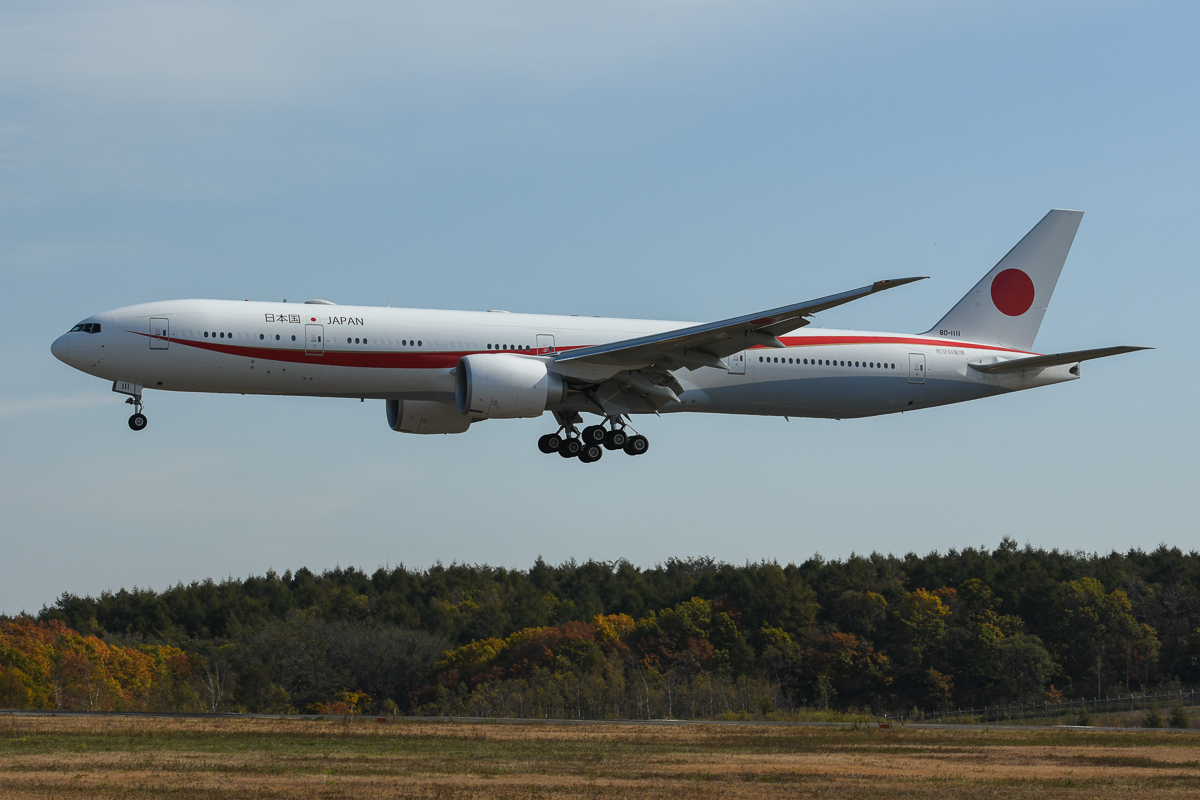
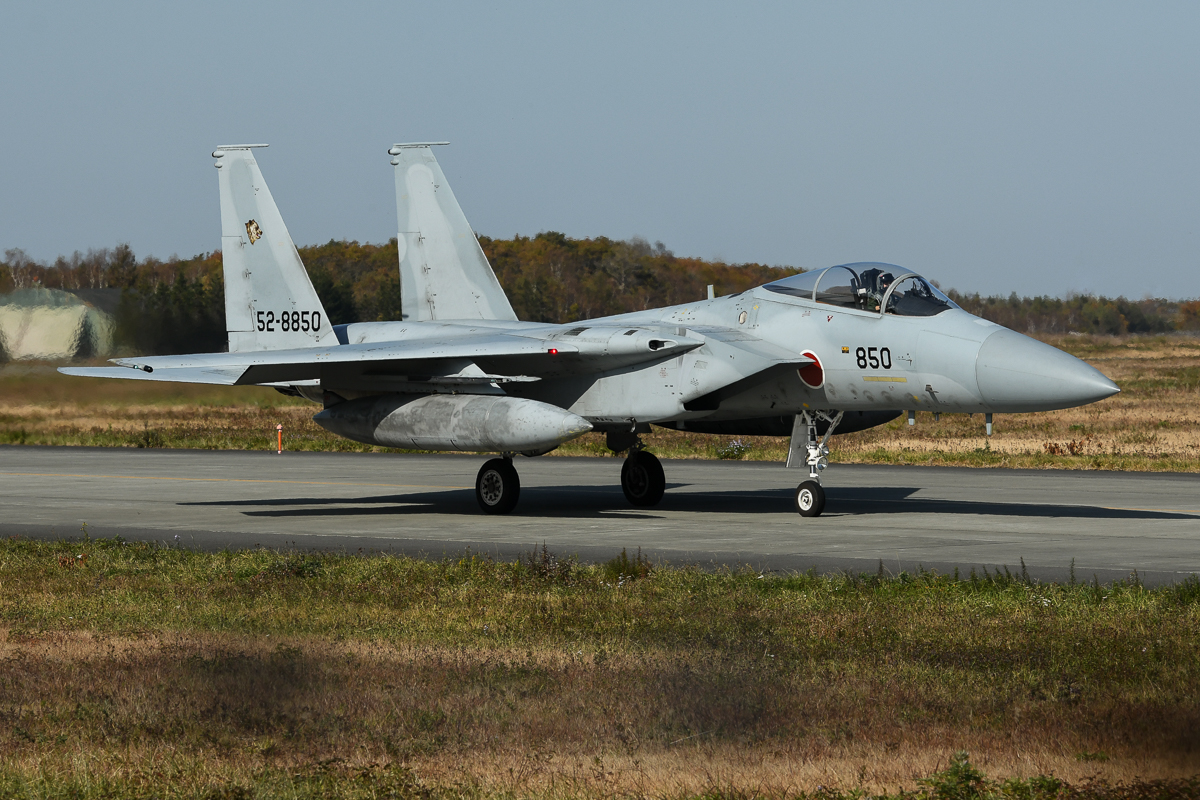
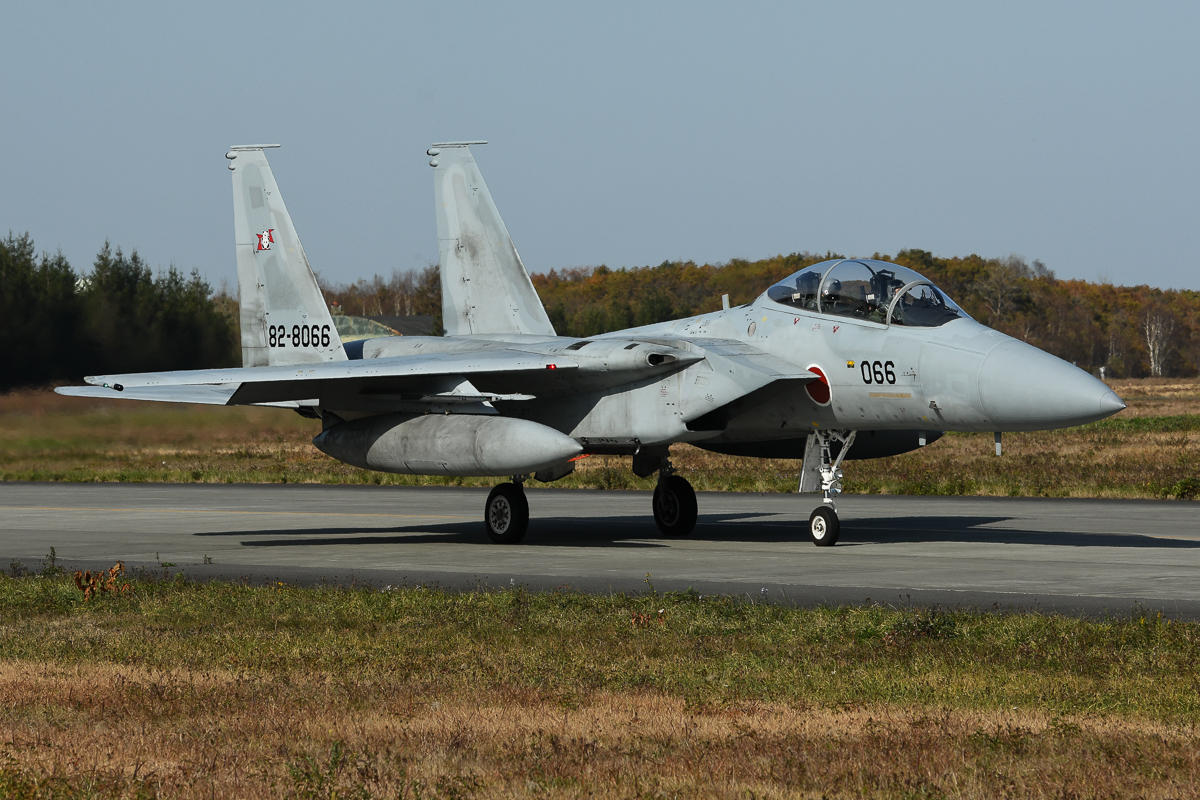
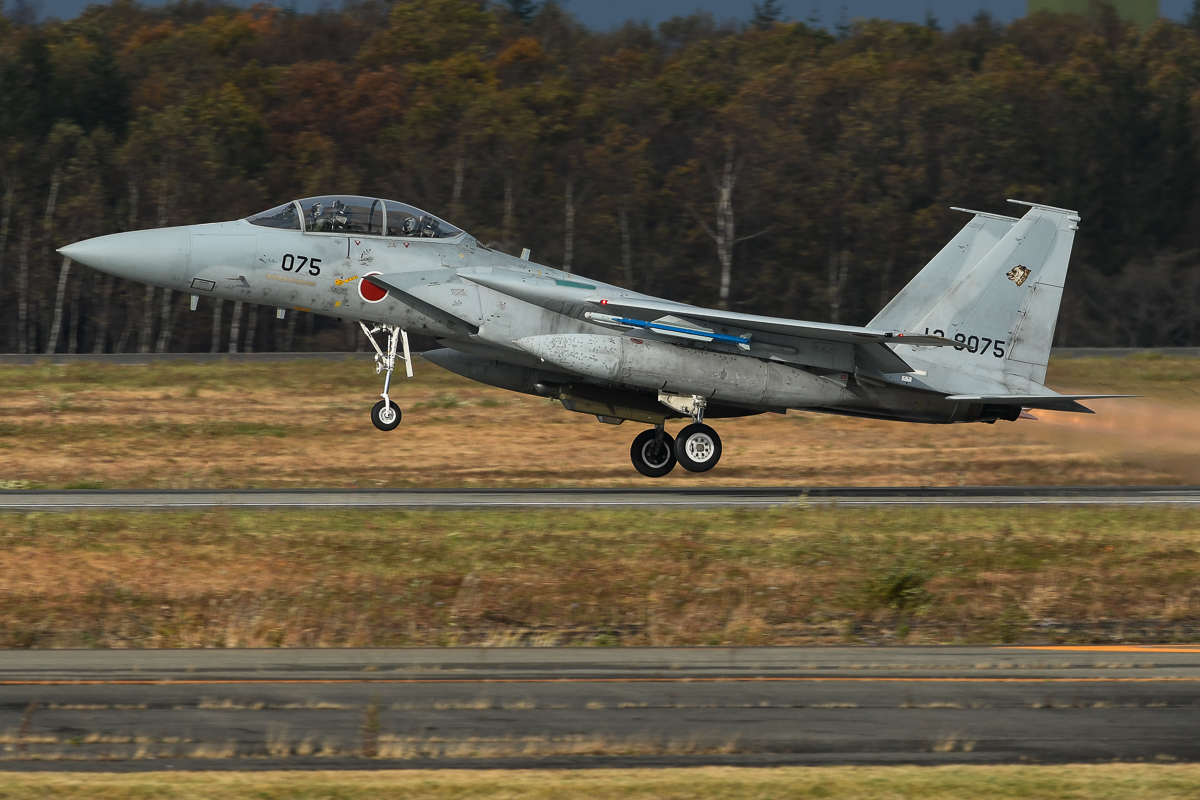
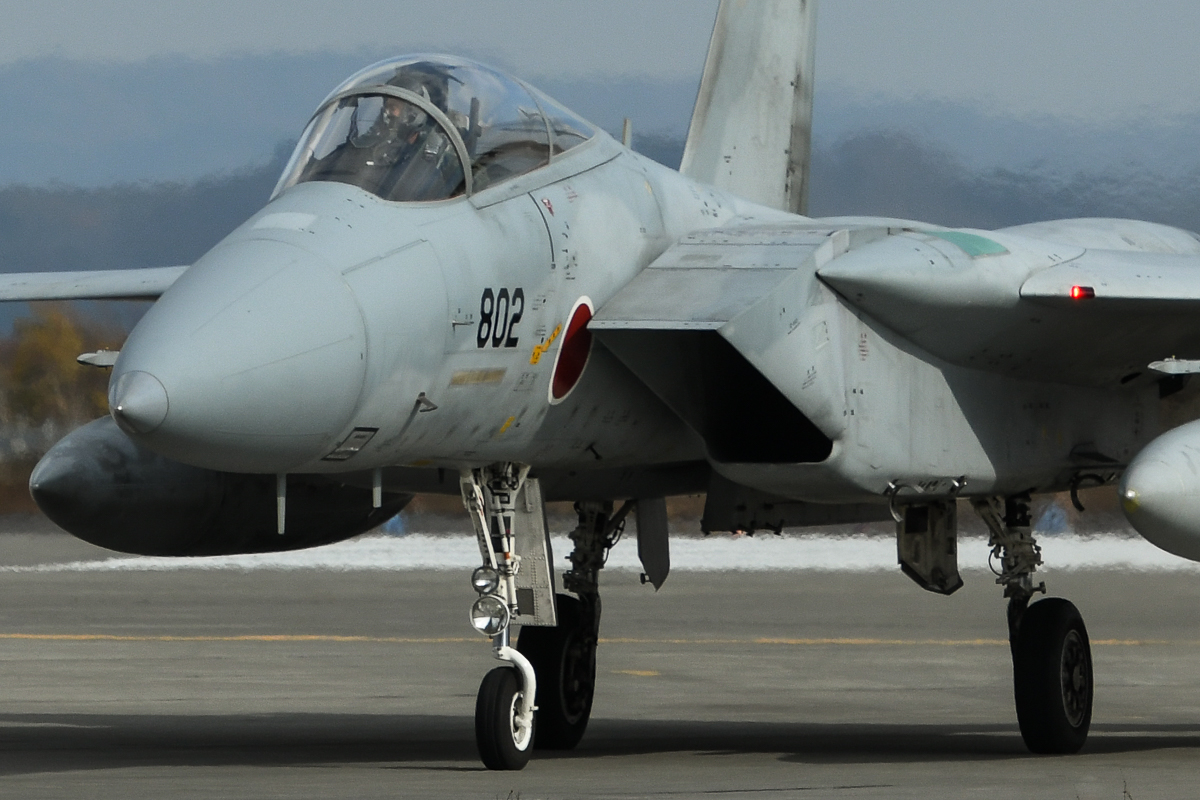

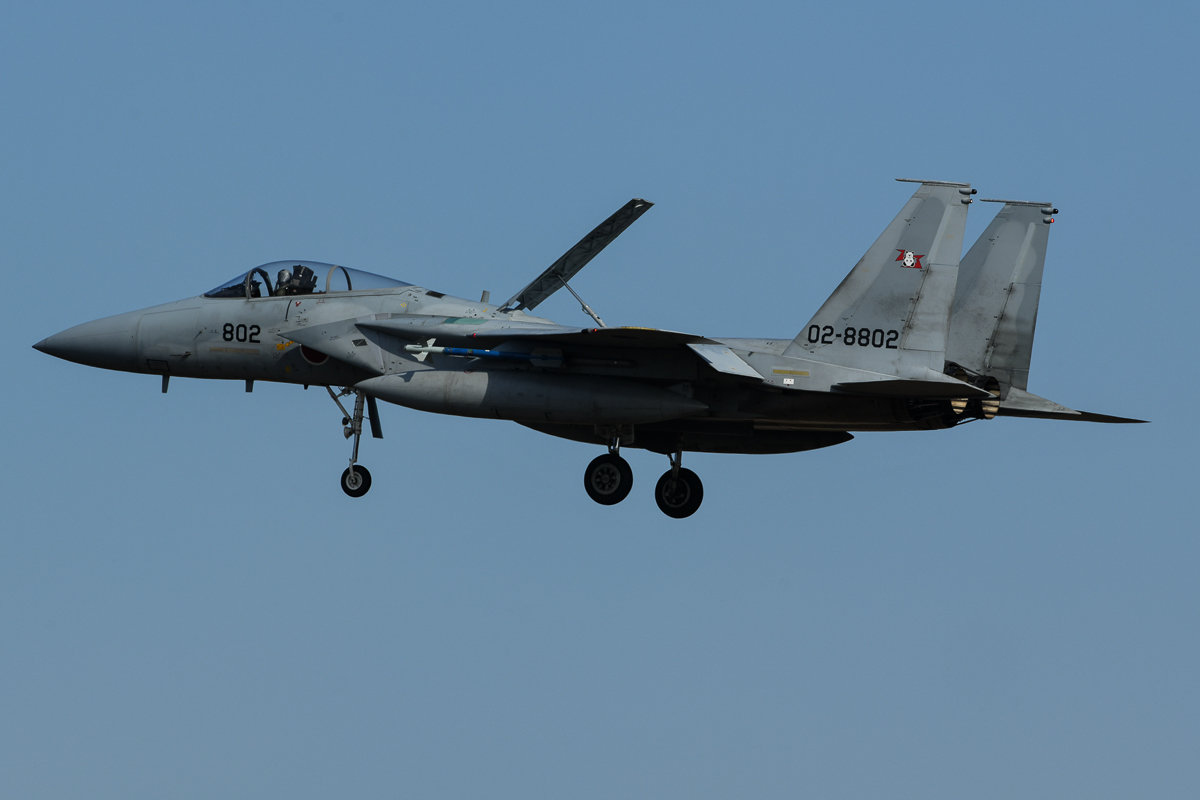
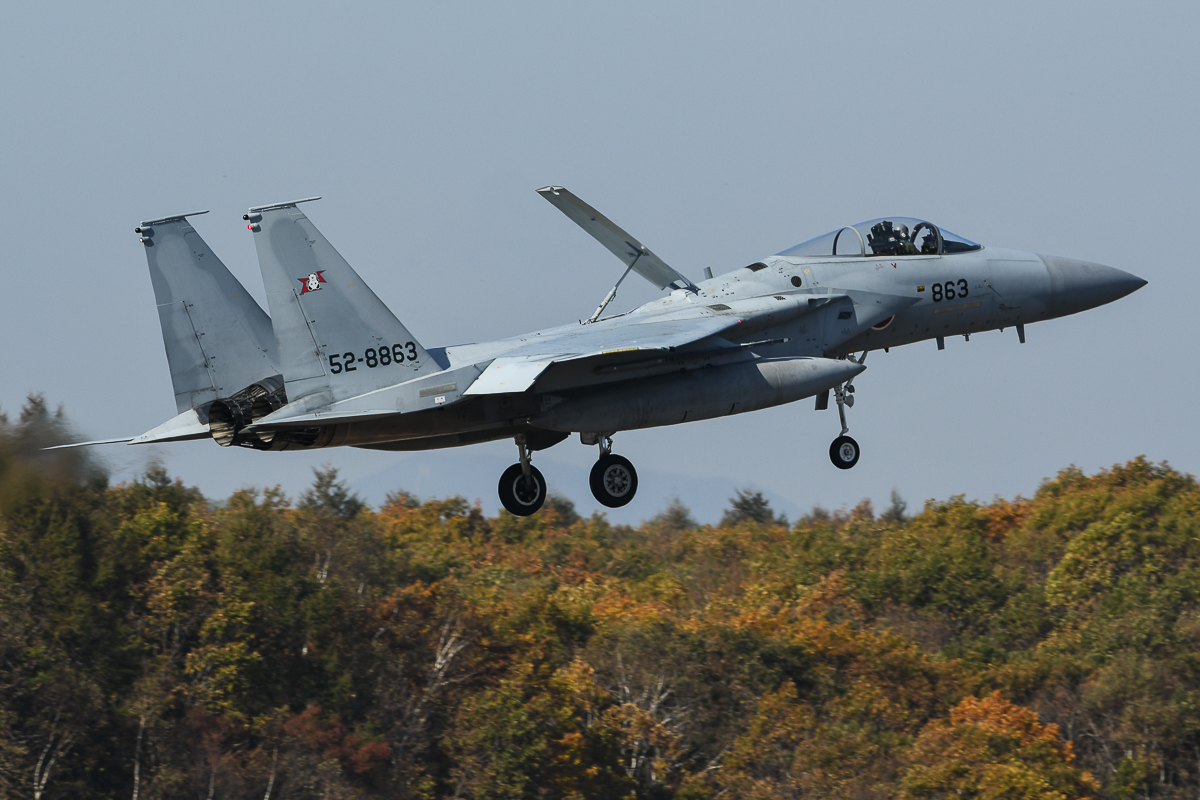
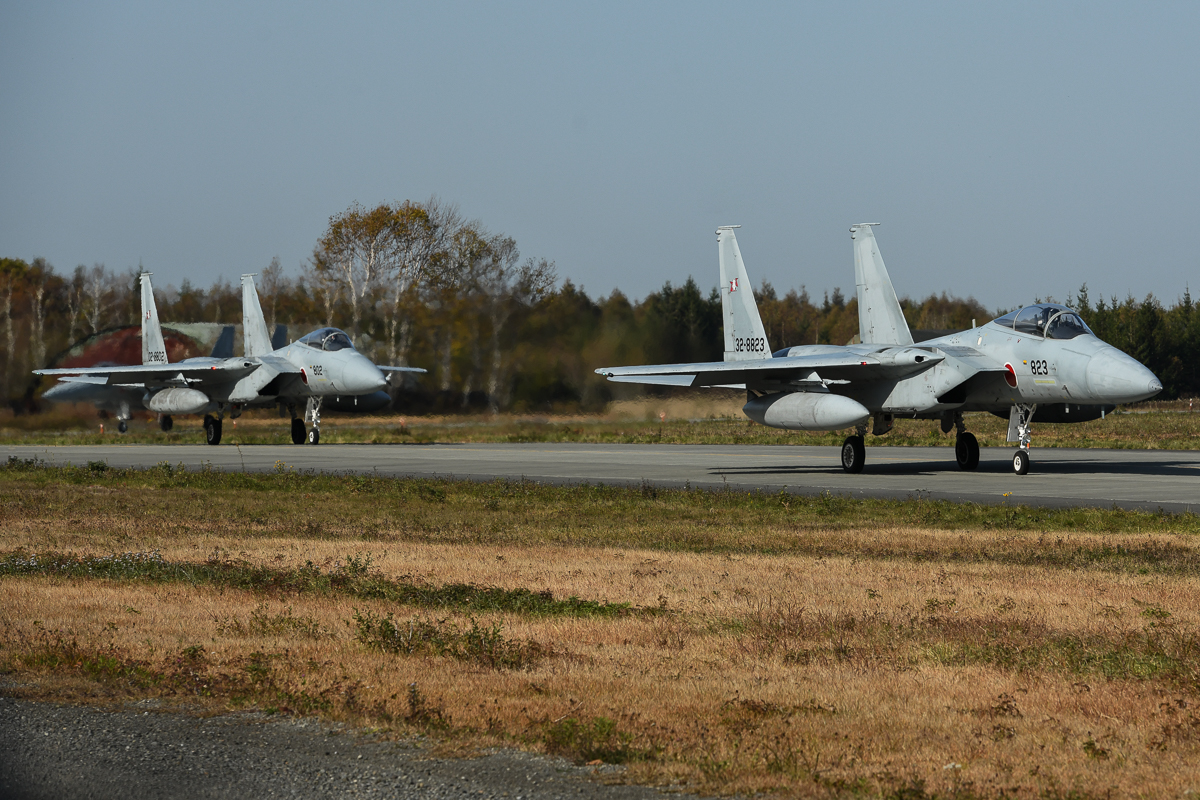
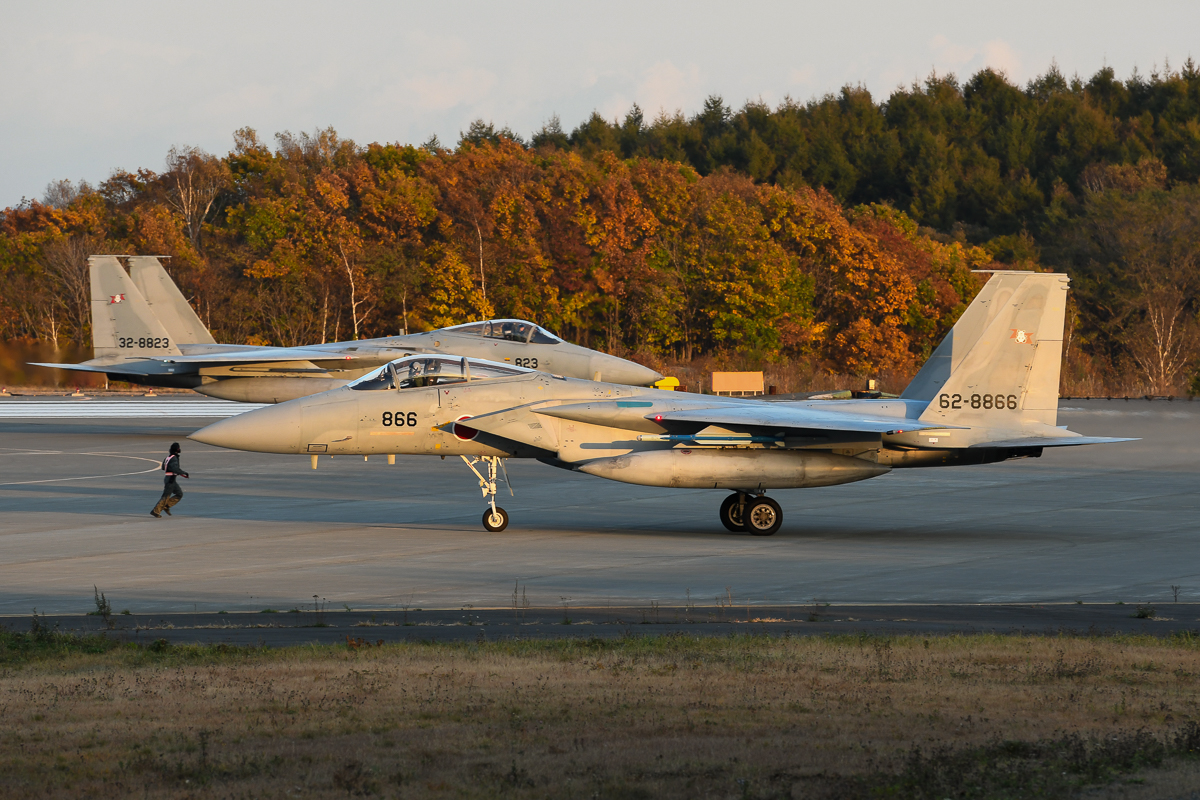
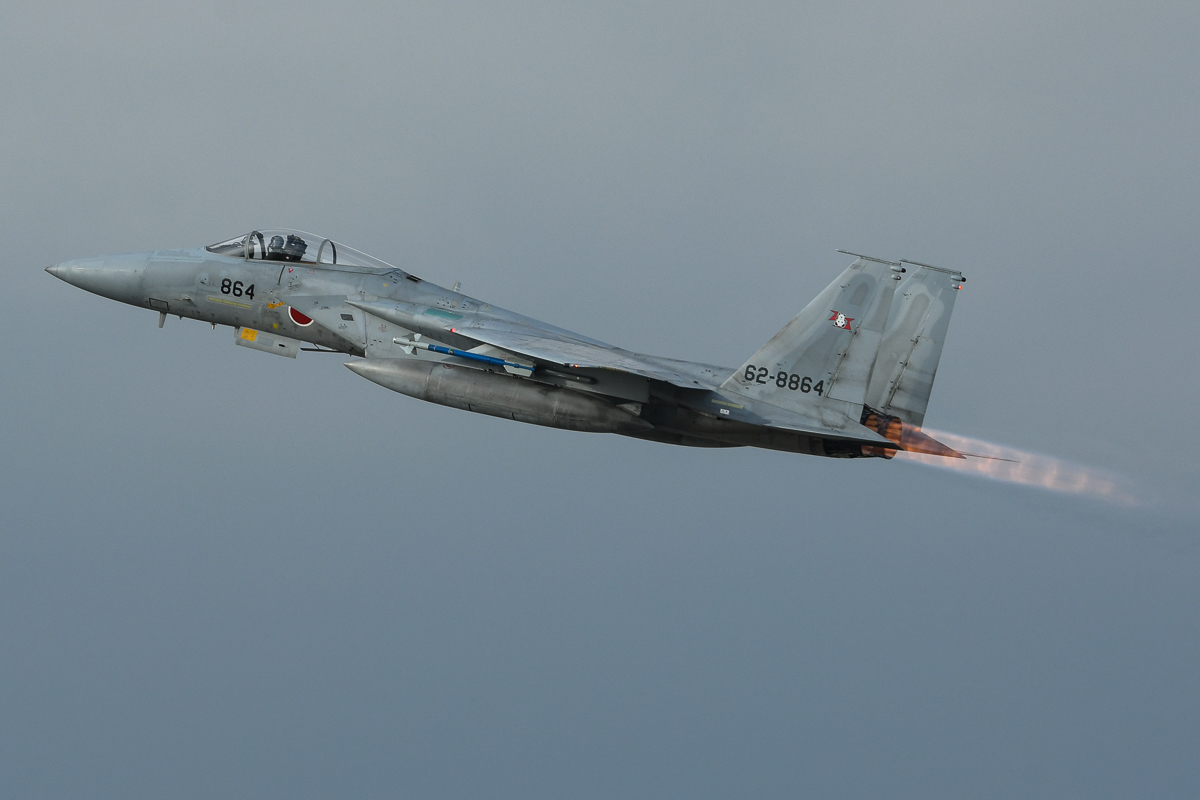
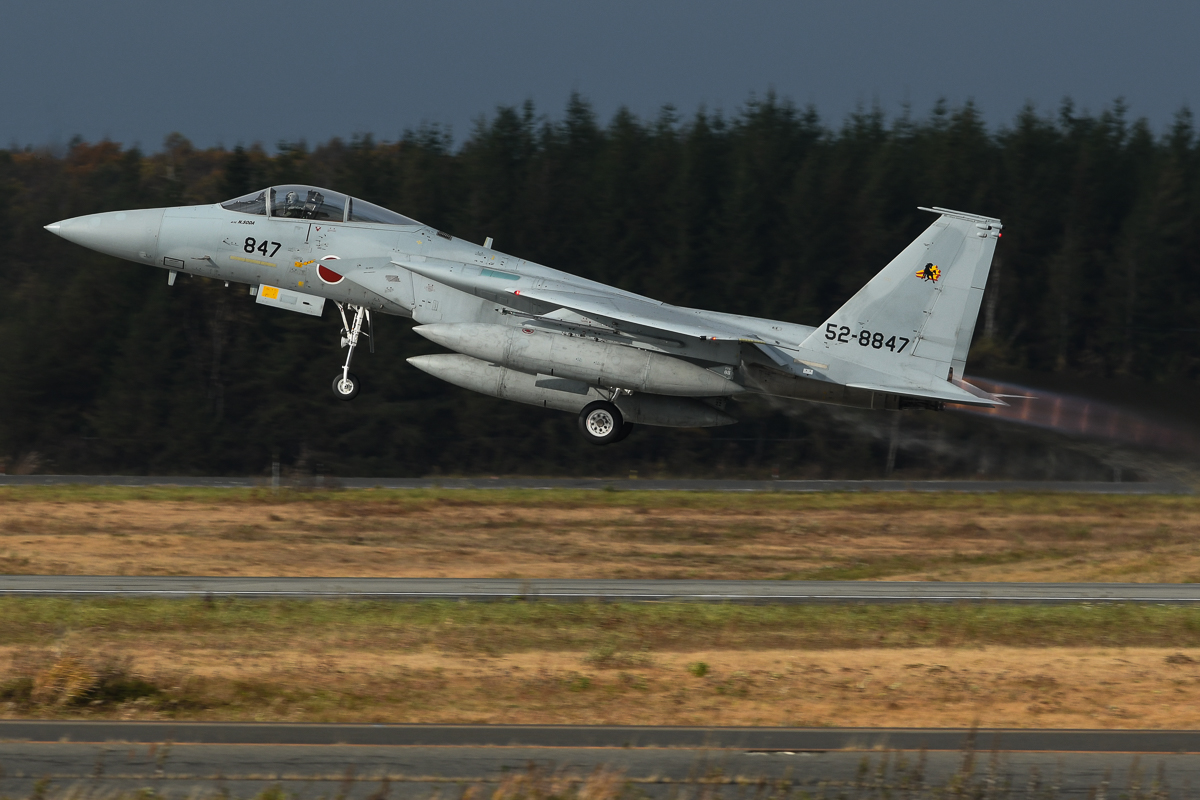
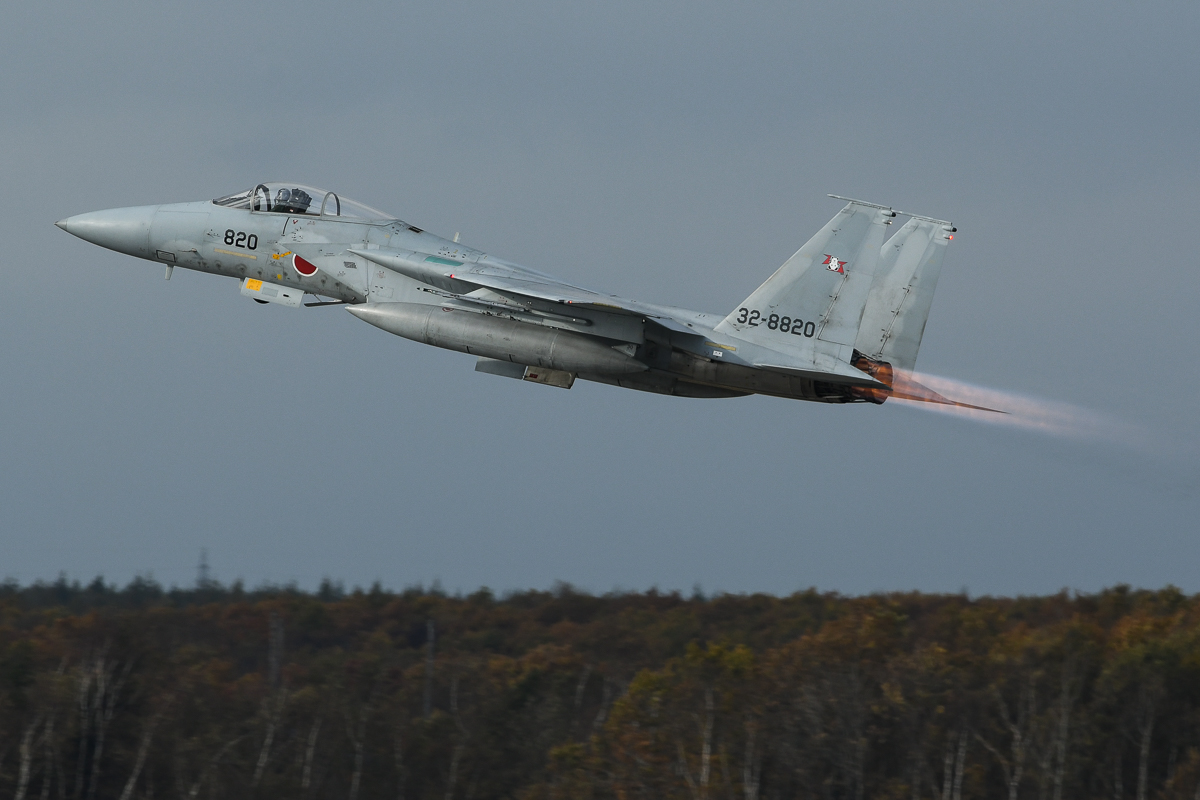
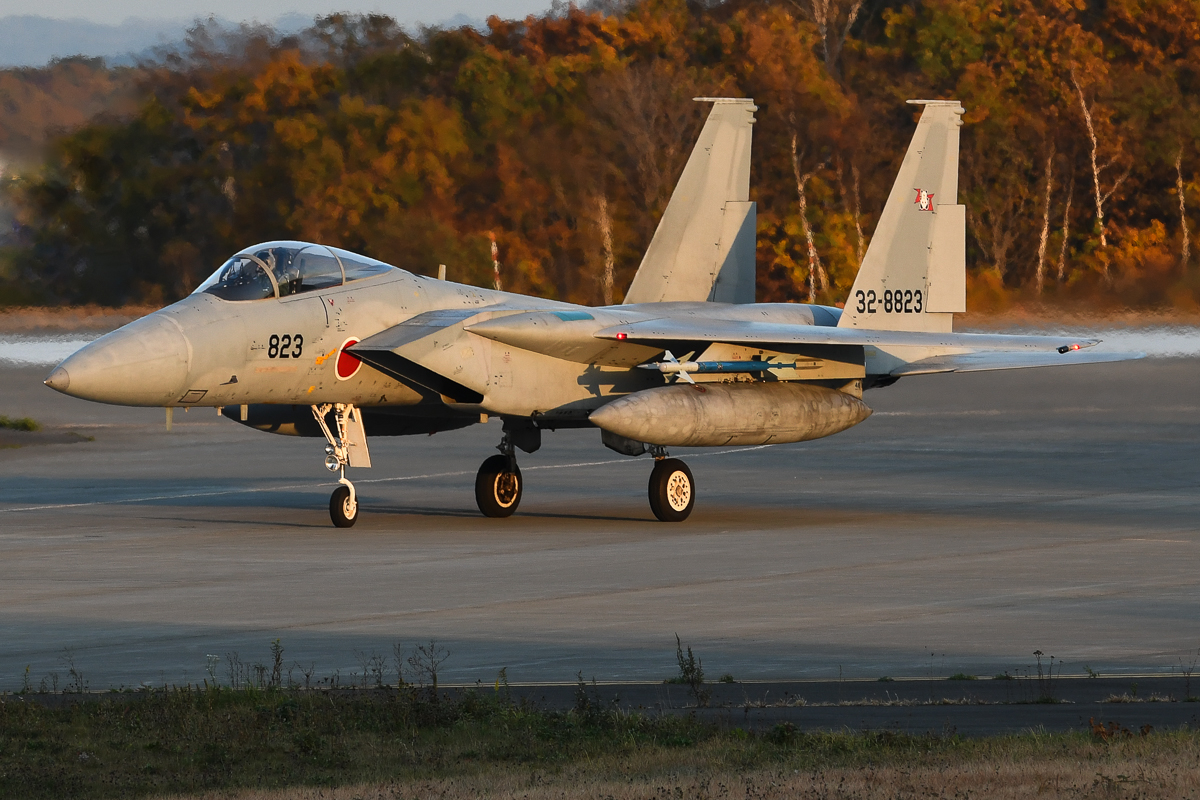
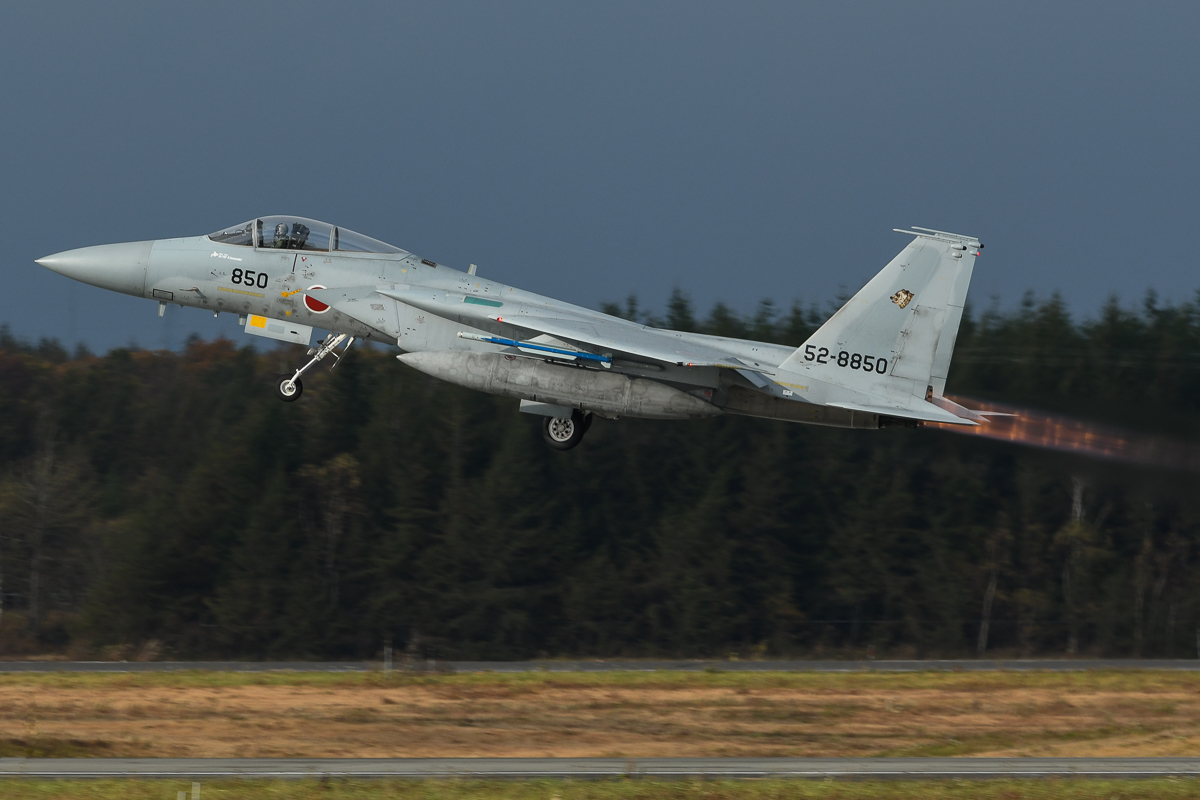
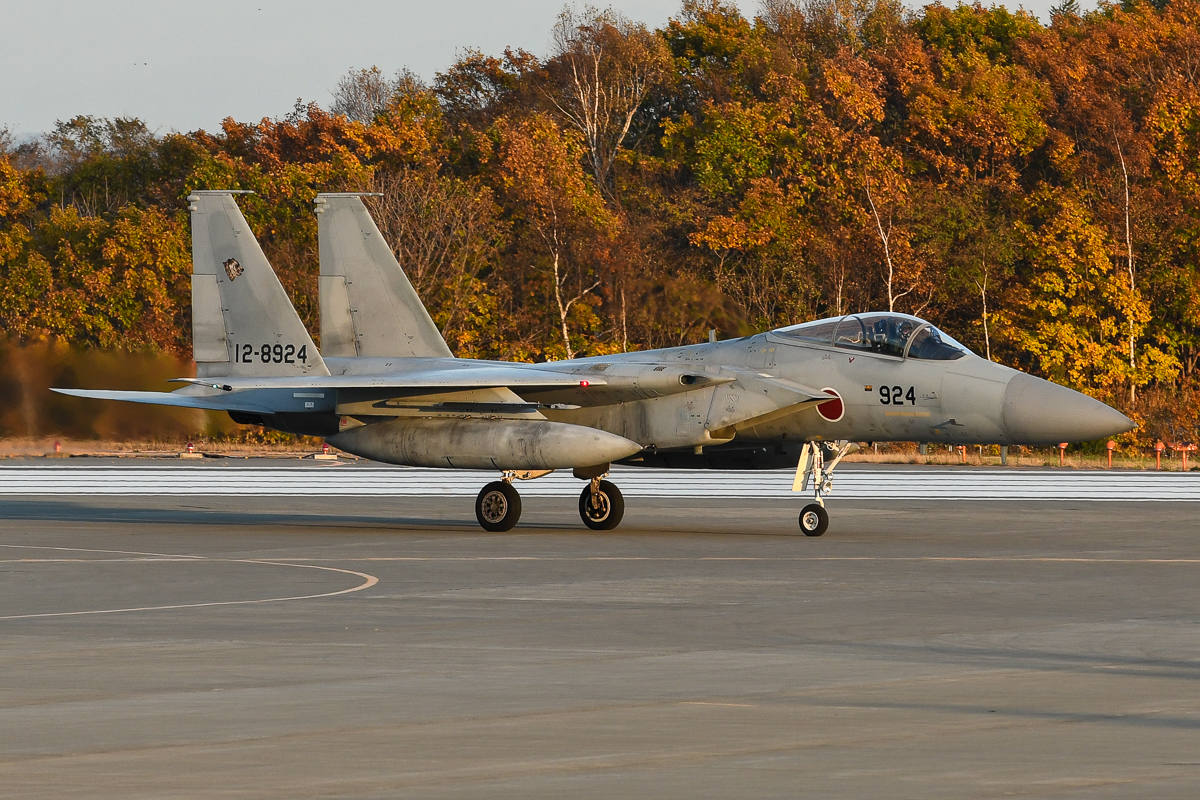
Peter van den Berg is from Coevorden, Netherlands. His love for military aviation began in 1980. The first airbase where he photographed was Soesterberg, Netherlands where the 32 TFS was stationed with the F-15. After photographing many military exercises in Europe over the years, Peter decided to spend the last 15 years visiting Asia and the USA. He regularly writes books for Veldhuis Media Group. Peter has written books about NAS Fallon, Red Flag and the Japanese Airforce.
In addition to publishing books, Peter is working as a teacher for senior secondary vocational education.
Peter uses Nikon equipment.
Peter can be reached at: [email protected]


